Last Monday and Tuesday, Bob’s Underground Cafe was transformed into an old-timey Louisiana bar for the play “Still Here,” written and directed by Nik Jameson ’11. The play was inspired by Jameson’s research for her senior thesis, for which Jameson travelled to New Orleans to work with the HIV/AIDS prevention and treatment organization NoAids. Although fictional, the play is largely based on interviews and conversations with diagnosed New Orleans residents. “Still Here” is an intimate, revealing and exceptionally designed production.
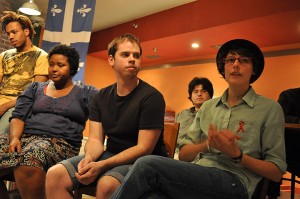
Audience members filed through Bob’s backdoor to find an almost unrecognizable space. The cafe’s counters were concealed by a faux-brick wall, authentically dressed with neon signs and beer promotions lent from Lonnski’s Pub. A sliver of green graffiti-covered wall appeared behind a woodgrained bar, which was adorned with gleaming bottles of liquors. To give integrity to the set, the crew painted Bob’s west wall burnt orange, and the ceiling duct a tarnished brick red.
Tables and chairs filled the room such that the audience members were part of the stage, acting as extras for the play. Kate Baumgartner, the play’s set and light designer, had installed a grid of hanging floodlamps taped across the ceiling, which cast moody spots over each table.
The set built off of tropes of bar culture in order to present an oft over-dramatized topic from the perspective of everyday people. Blocking the actors in the middle of the audience highlighted how the characters were no different than the people around them.
In true New Orleansian fashion, live music is played throughout the performance by Evan Hunsley ’11 (fiddle), Michael Blankenship ’10 (bass) and Mark Mercier ’11 (guitar). They strummed blues classics, quoting “Red House” and “Ain’t No Sunshine.”
The play began with Joel (played by Que Newbill ’11.5) and Richard (played by Braden Brown ’14) arriving at the bar in order to see a performance by a renowned fiddle player. Over the course of their conversation the audience learns that Richard is Joel’s sponsor in Crystal Meth Anonymous, and that both are homosexual and HIV positive.
These facts are interspersed between Richard’s excitement about his job and Joel’s appreciation of the band, such that the dialogue is not forced, even though it is slanted towards each individual’s relationship with their disease.
In the Q&A, after the show Jameson commented that Jameson was surprised by the prevalence of methamphetamine in the HIV positive community—Richard and Joel express how they turned to drugs after learning of their diagnosis. Richard used as an attempt to forget his condition while Joel alludes that his relationship with meth is tied to his fear of death.
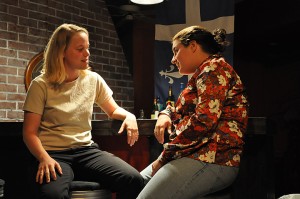
Next, the bartender Bobby (played by Christine Grummon ’11) invites an old friend Lisa (played by Mona Ghadiri ’11) to sit, and pours a strong drink. The two catch up and the audience learns that Lisa contracted HIV while working as a nurse and is now retired. Over the course of the play, Lisa delivers a number of chilling monologues, which uncovered some of the psychological difficulties of living the disease.
In one of the most striking scenes, Lisa narrates the story of an HIV positive friend of hers, while Joel enacts her depiction—he was invited to his family’s Thanksgiving dinner only to be served from a separate table which was set entirely with plastic-ware.
The last characters to be introduced in “Still Here” are Cadence (Najma Osman ’12) and Andre (played by Greg Armstrong ’14), who are on a date. Cadence has not yet told Andre that she is HIV positive and she is nervous as to how Andre will receive the news.
In order to provoke the confession, Jameson masterfully wove facts about HIV/AIDS into the narrative of the play. At one point, after the band had played a set, crew members dispersed informational pamphlets to the audience and characters, a device which prompted Andre to ask Cadence whether she had been tested; despite her fears, Andre’s response was cool.
“Still Here” was a beautiful depiction of the lives of HIV positive individuals.
“I wanted to write a play that wasn’t sad,” Jameson said.
Jameson succeeded. Furthermore, the play addressed the social stigmas surrounding the disease, and also demonstrated how ill conceived those stigmas are by refusing to “other” the characters from the audience. “Still Here” shows that a person with HIV/AIDS should not have to live as a marked individual. In the end, the characters overcome their fears of death, invalidity and rejection in order to enjoy a good blues show.
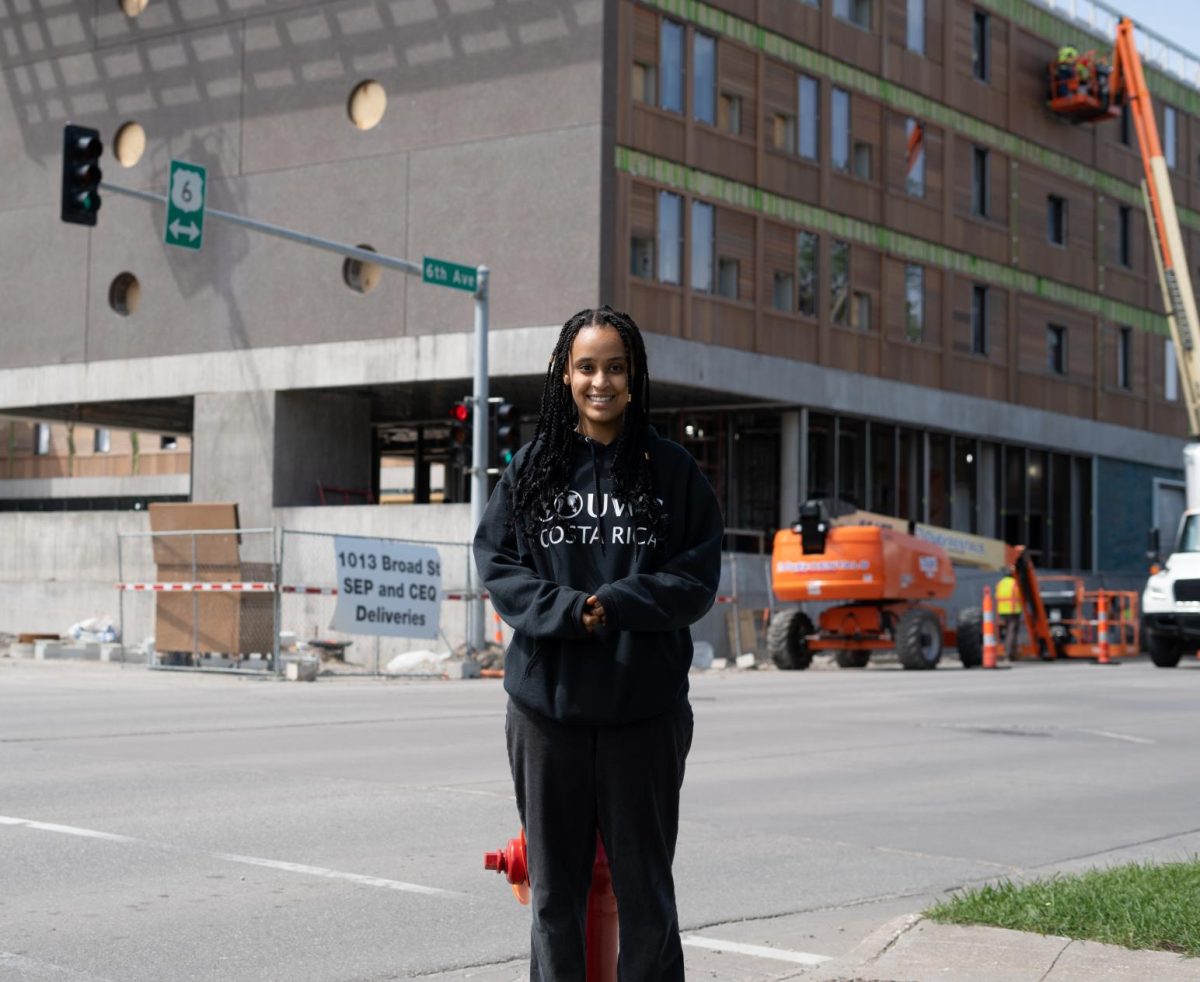





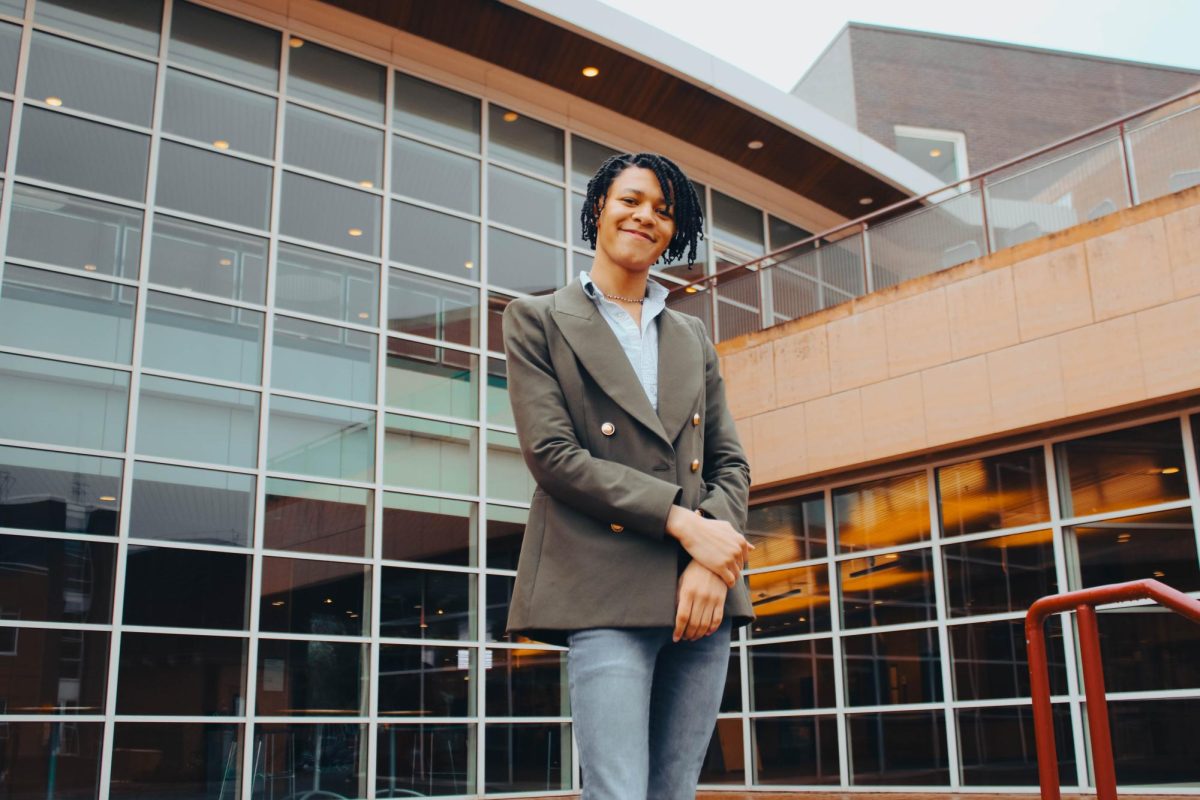

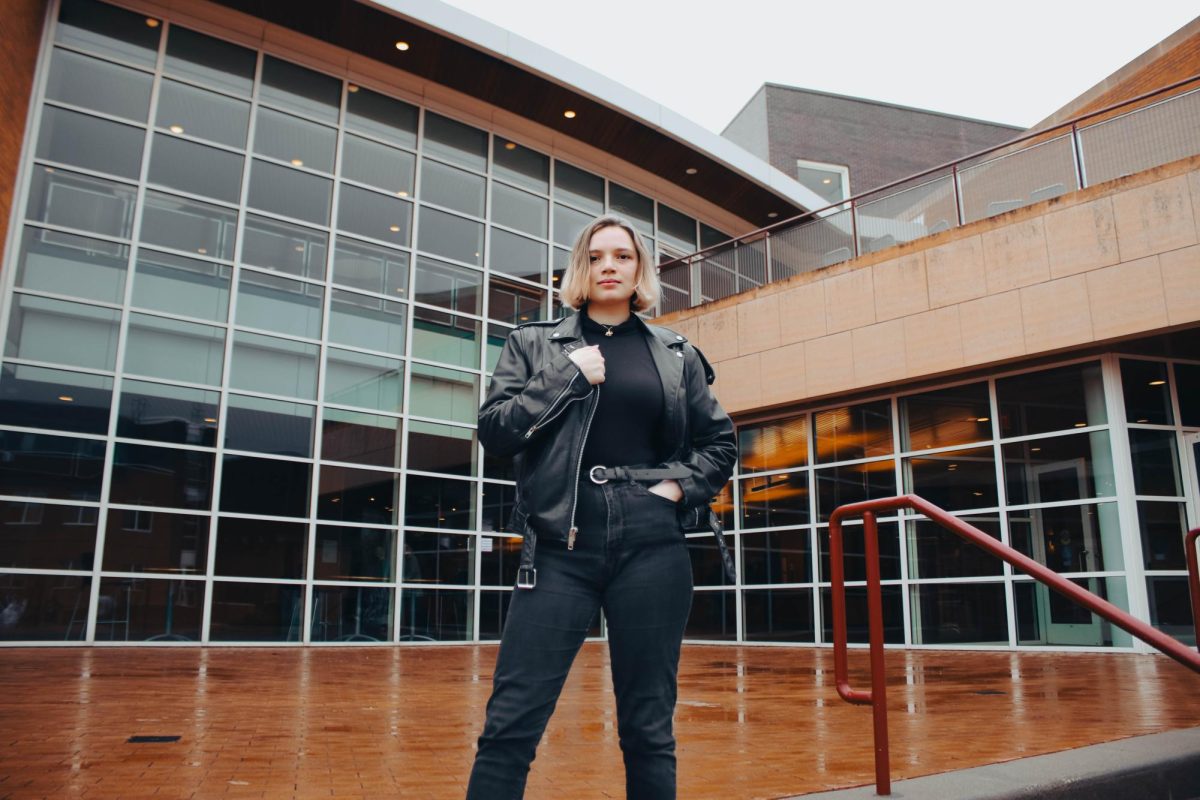




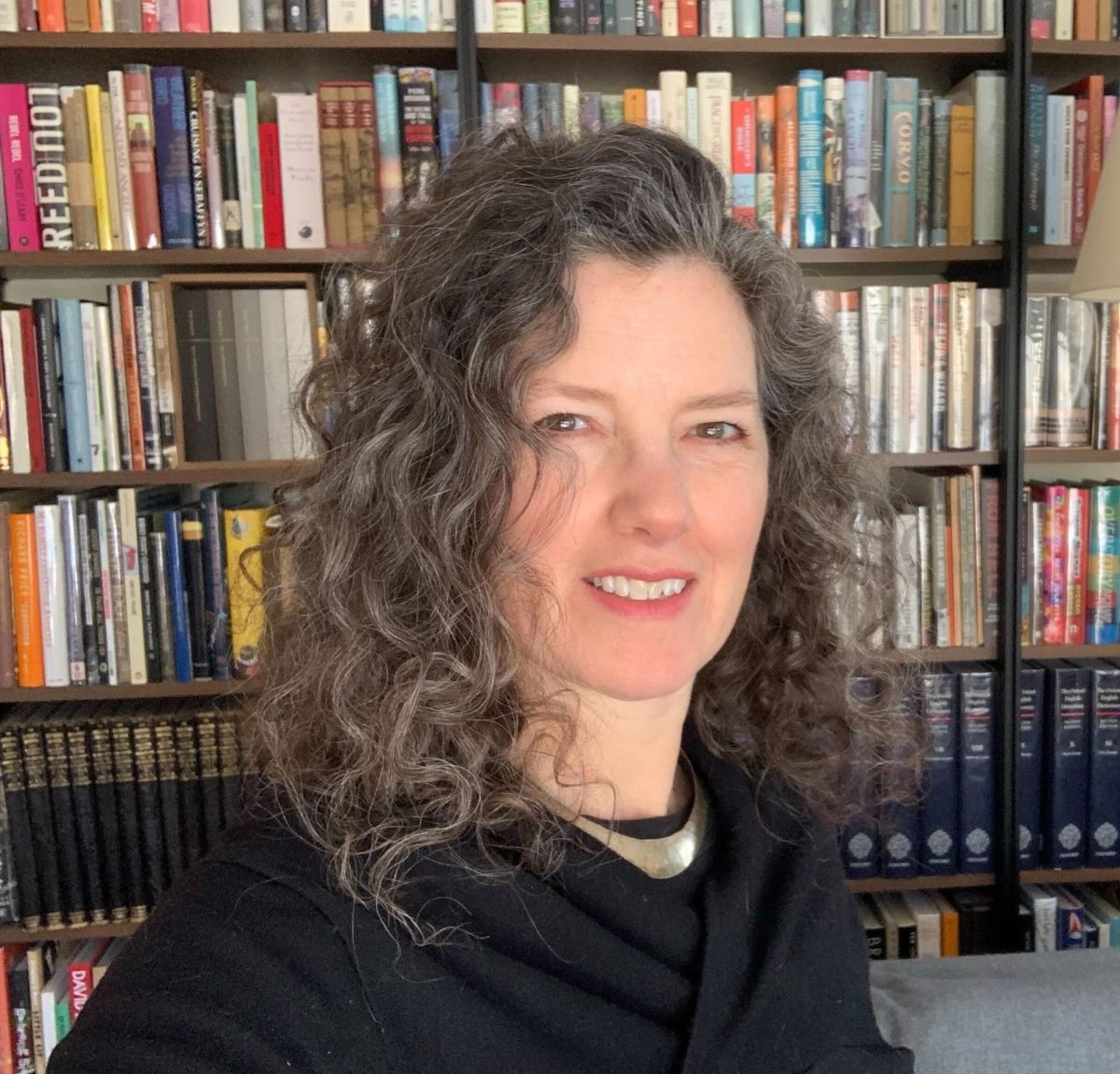
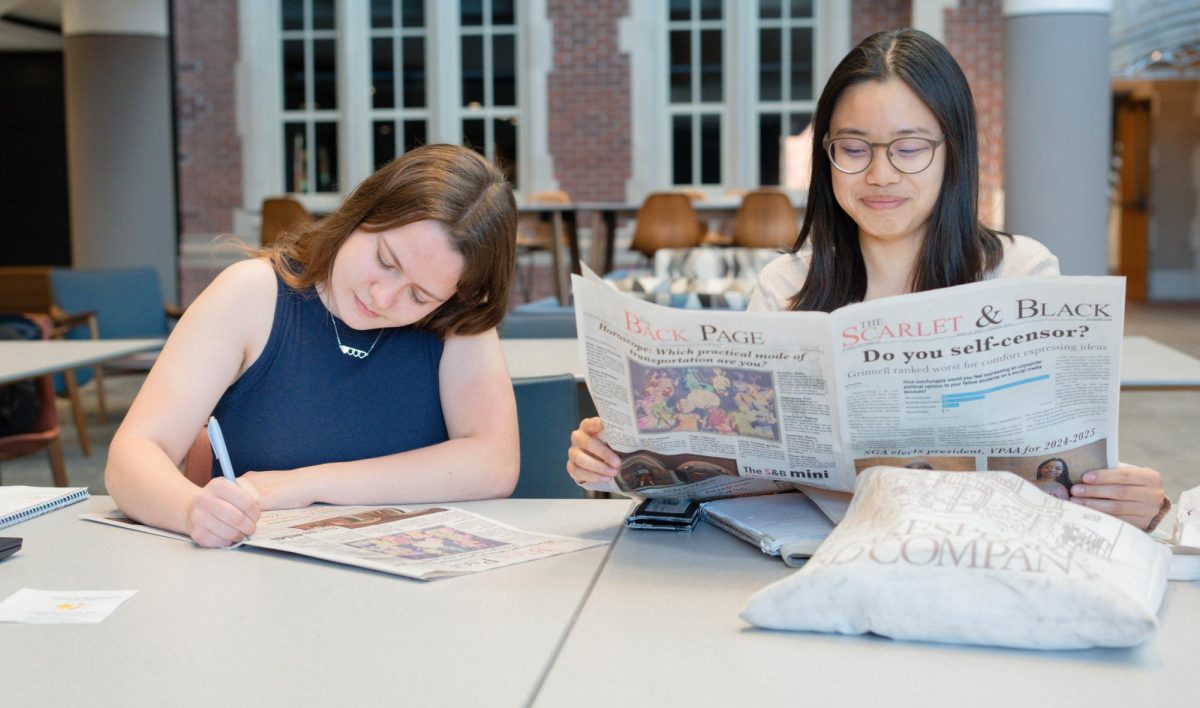
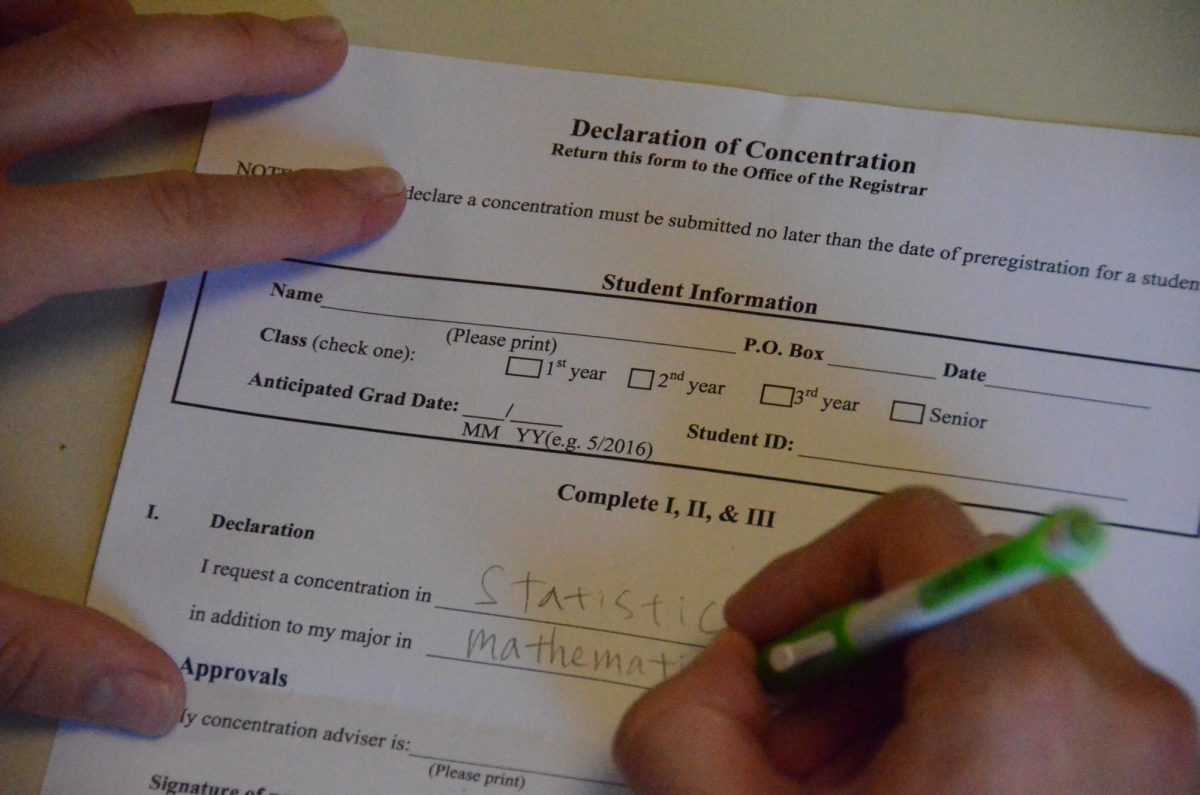
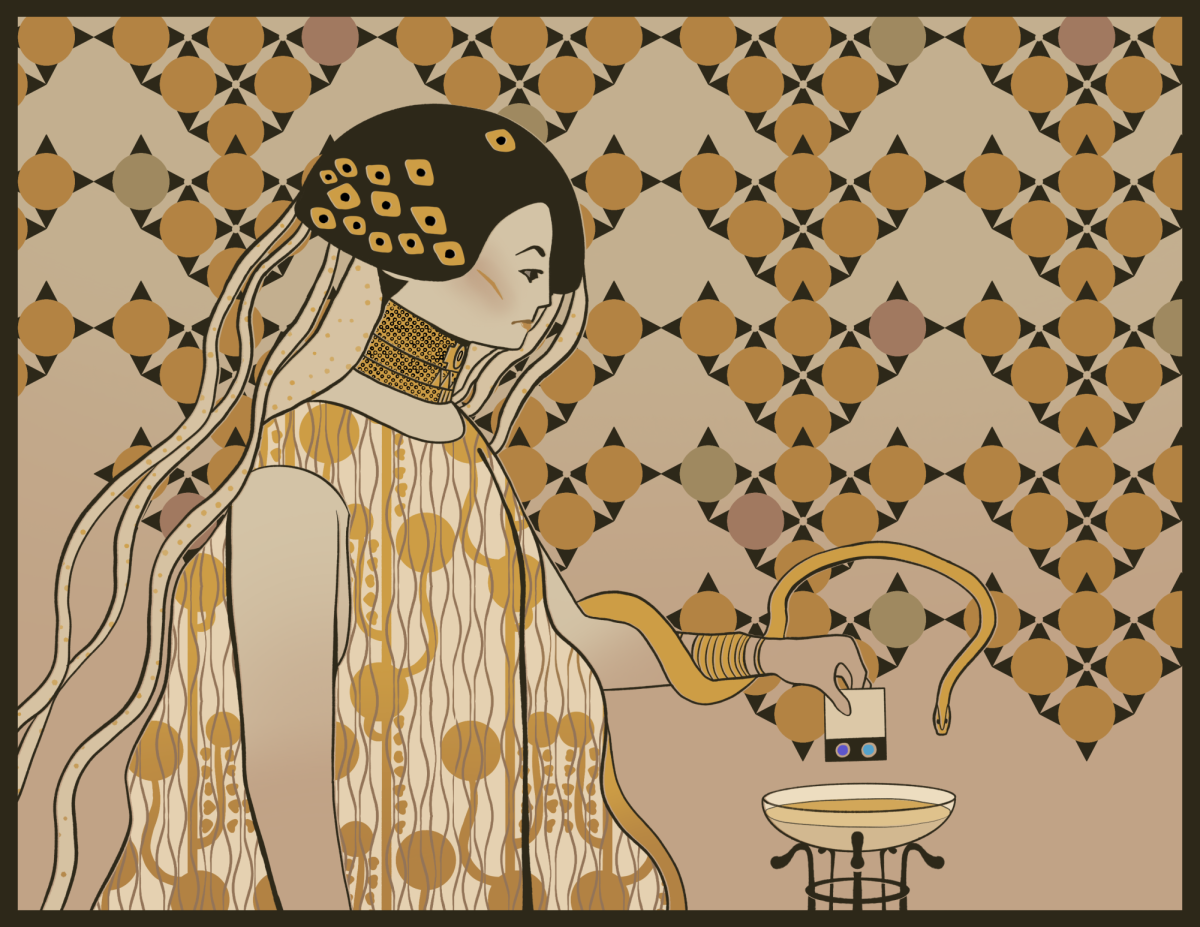
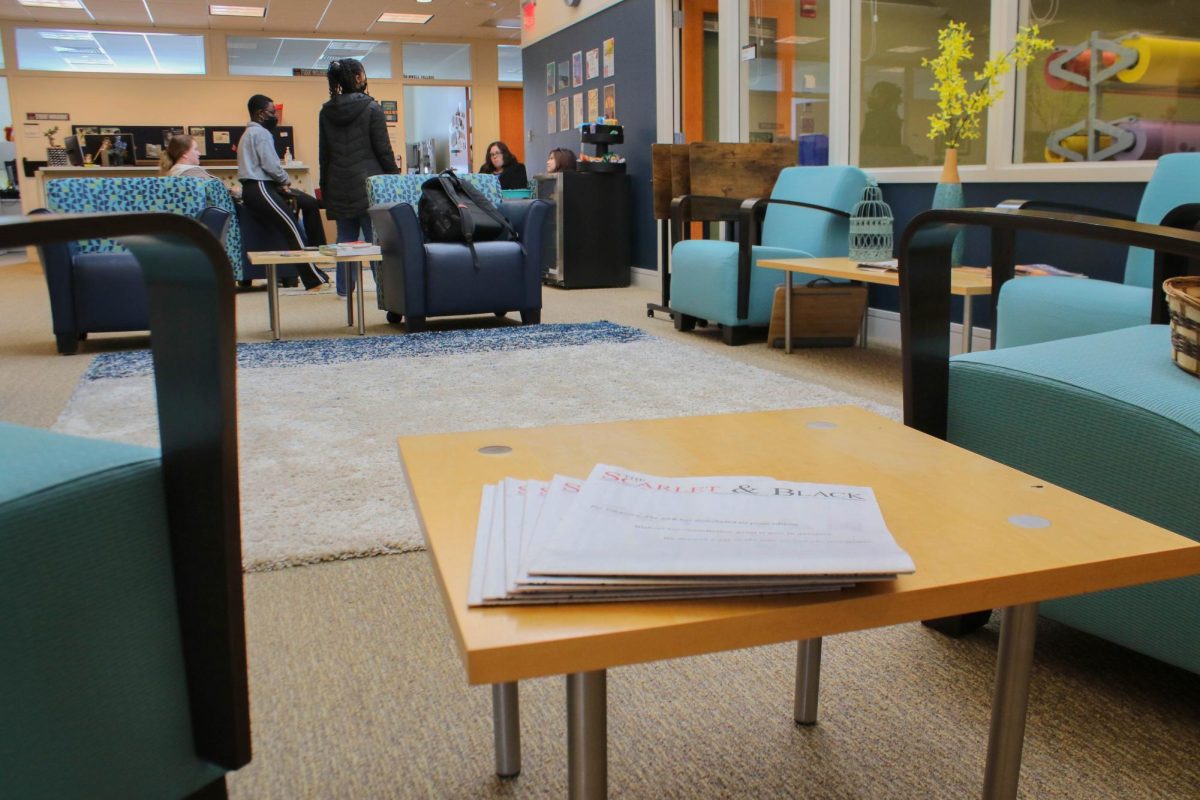



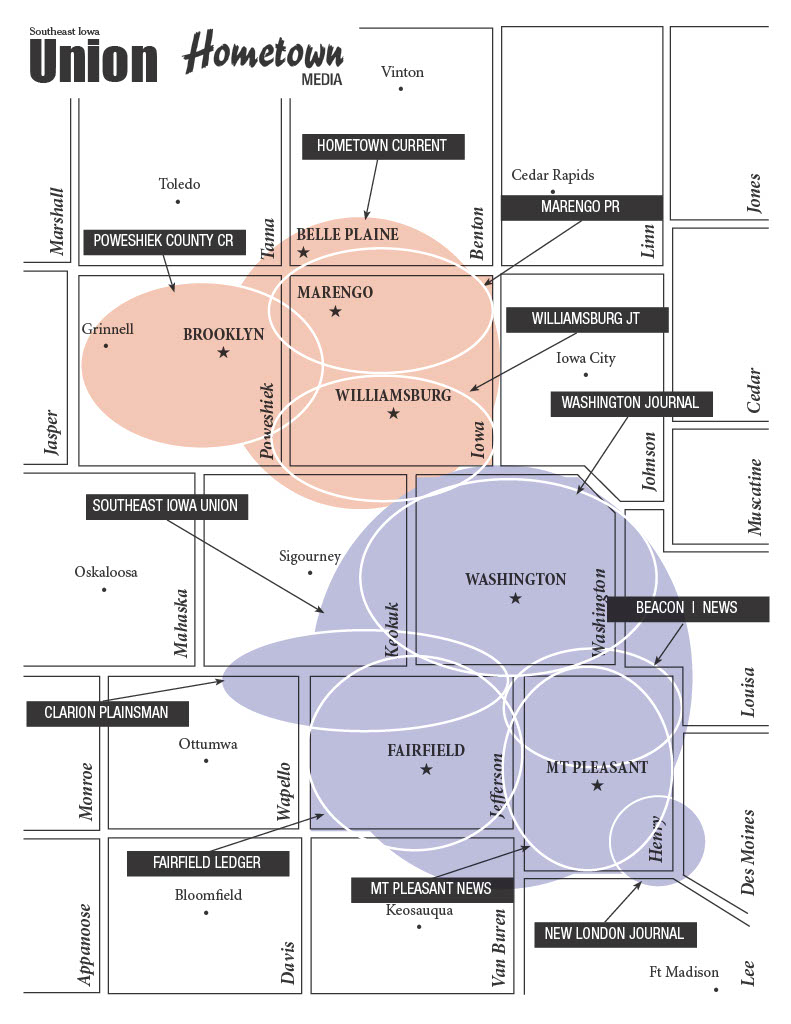
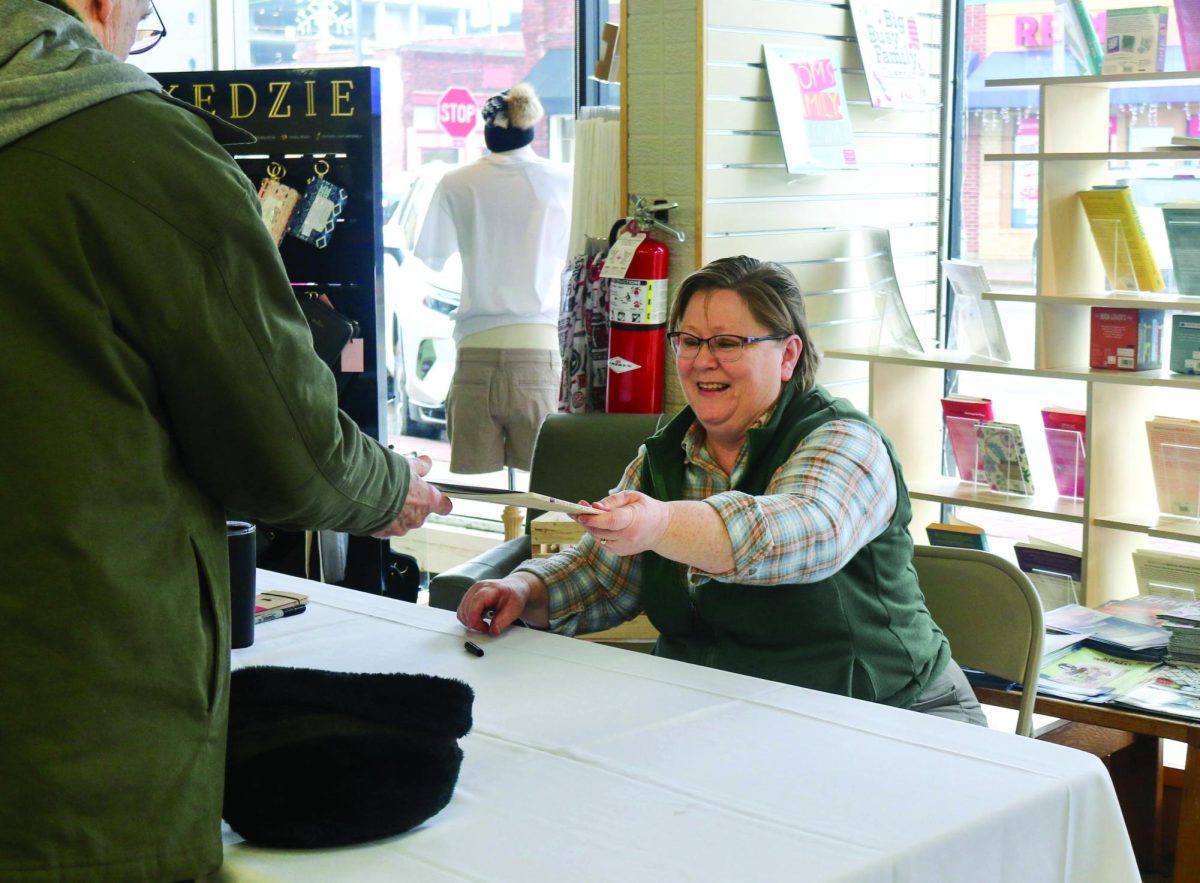

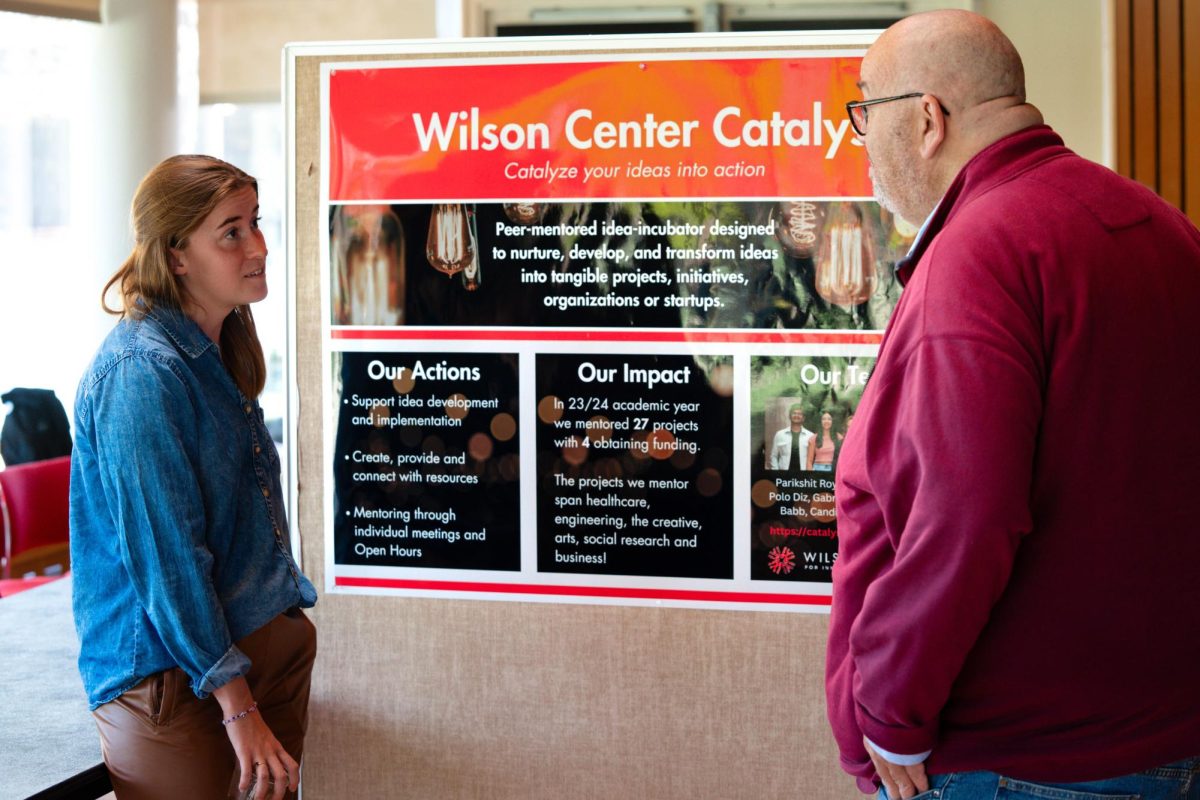
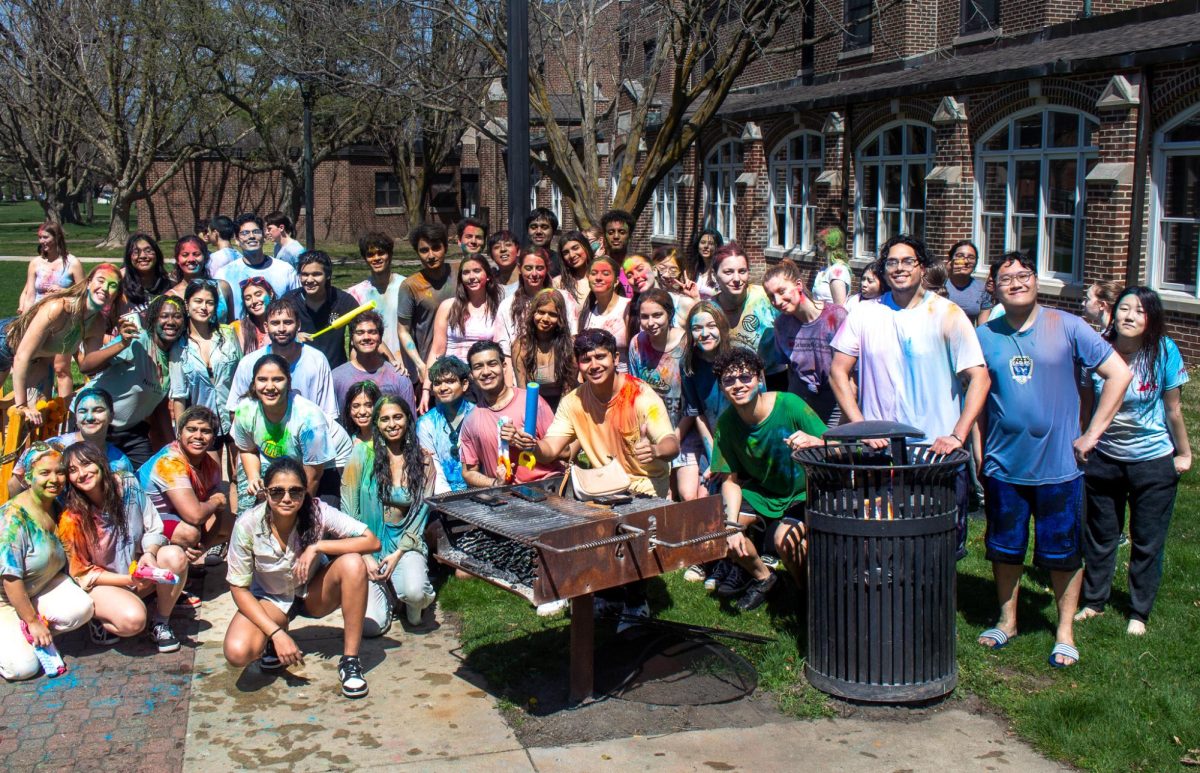

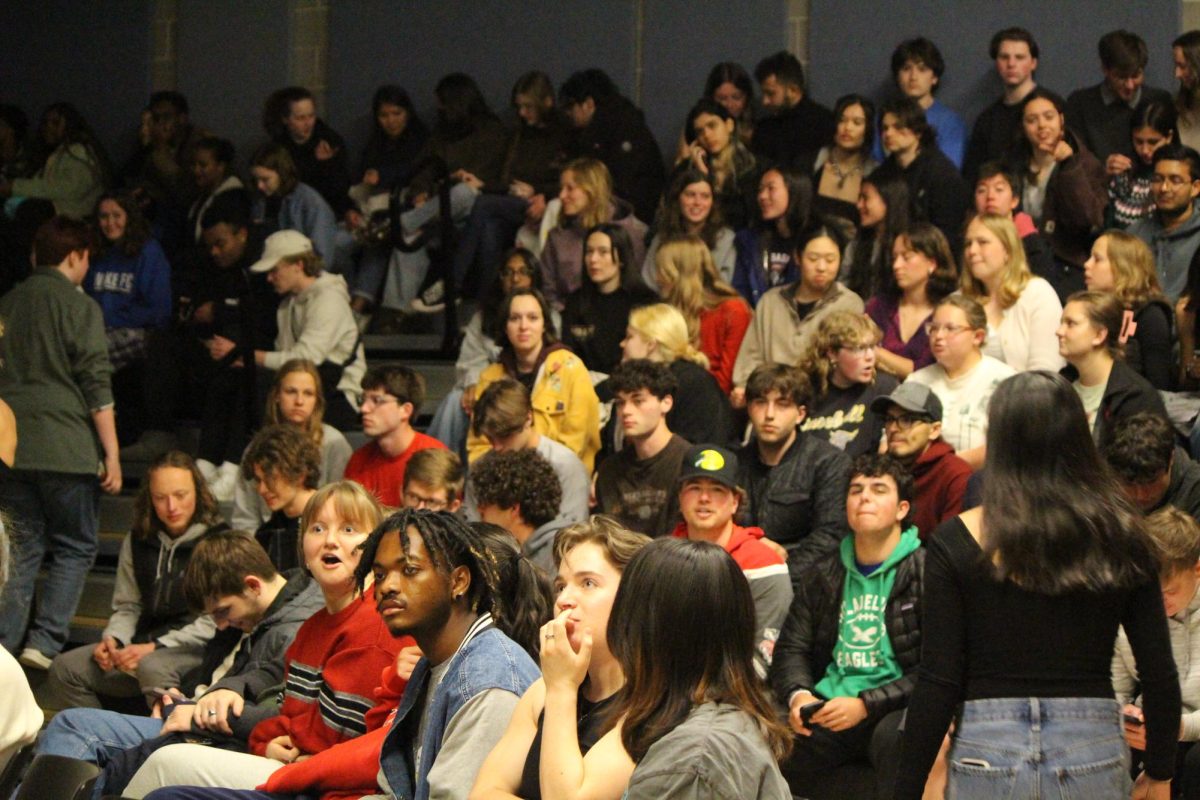
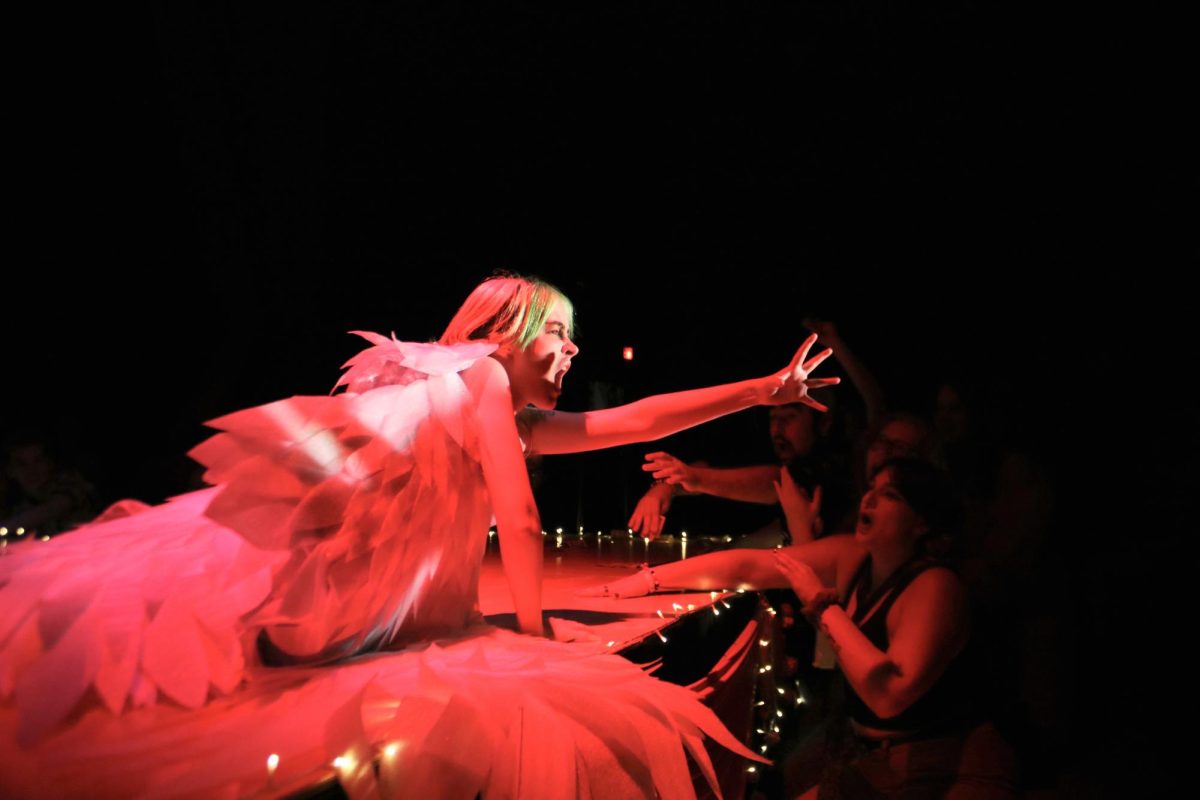
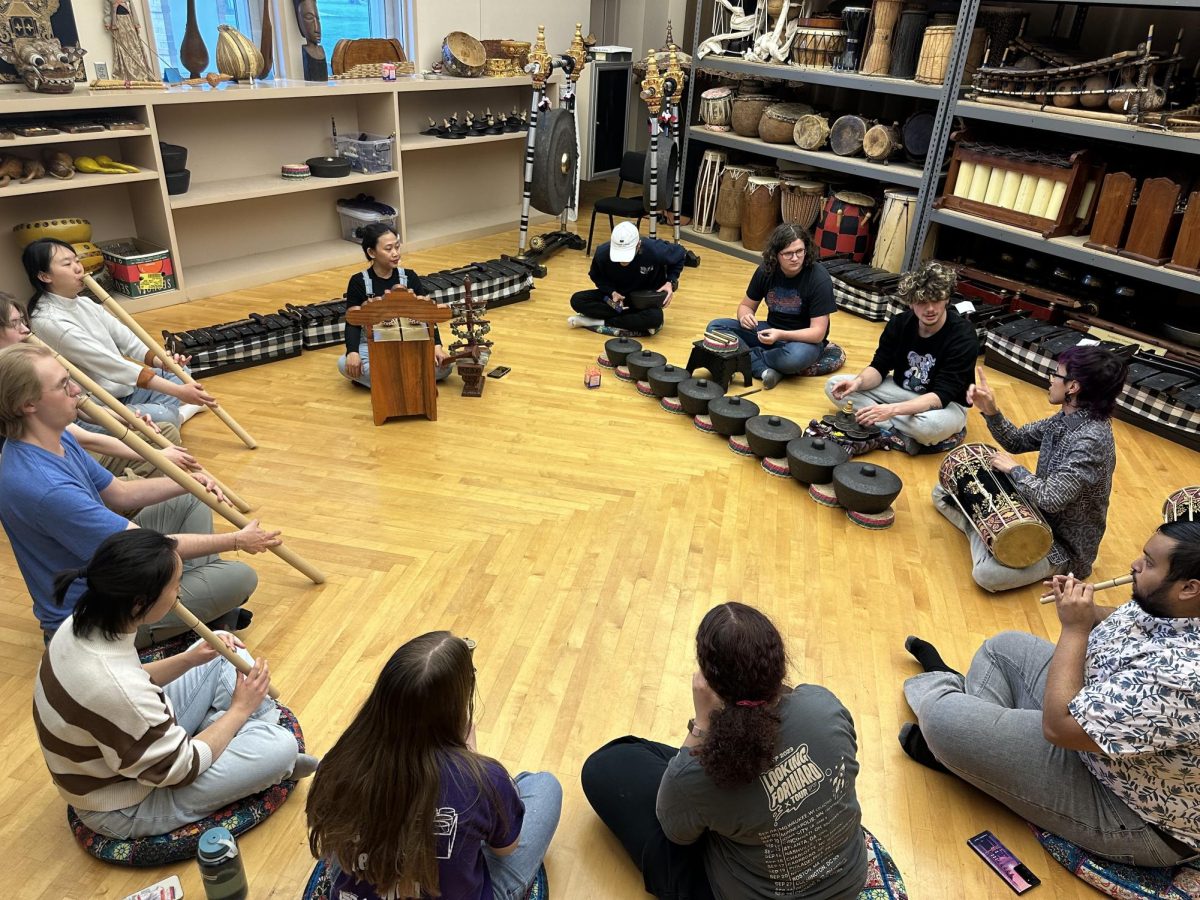
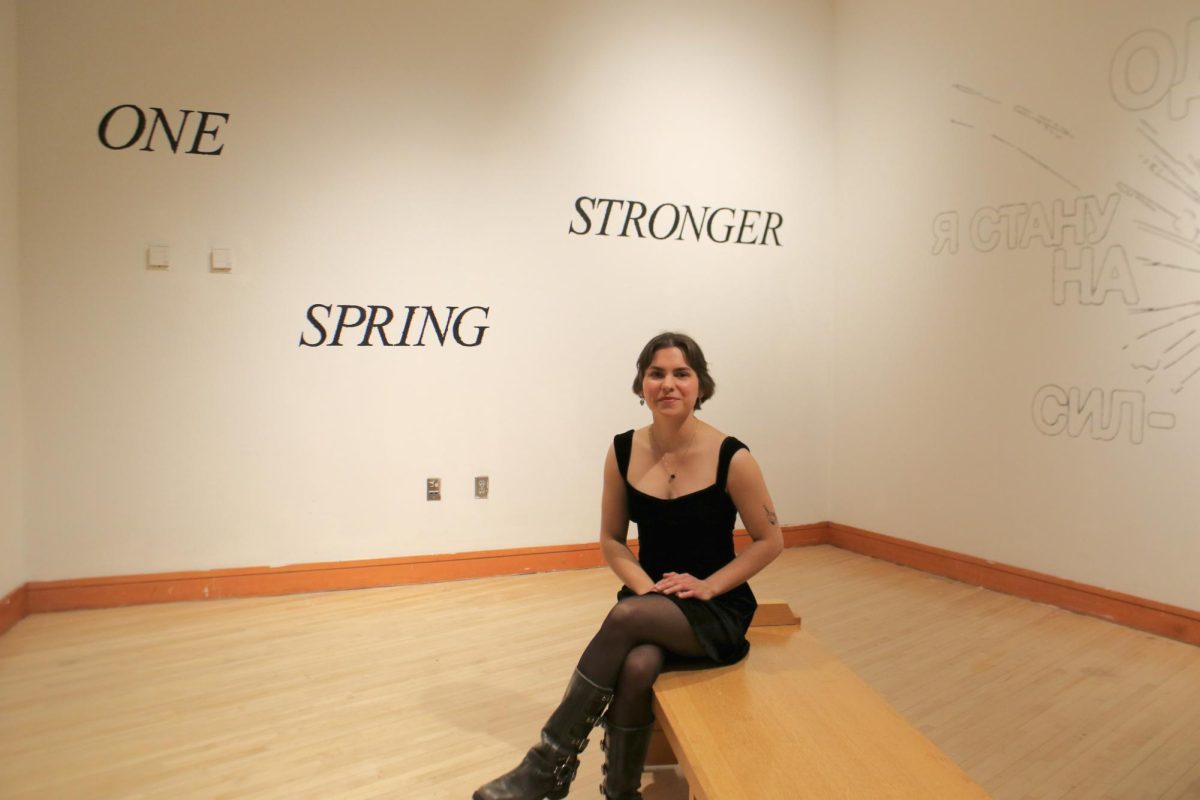
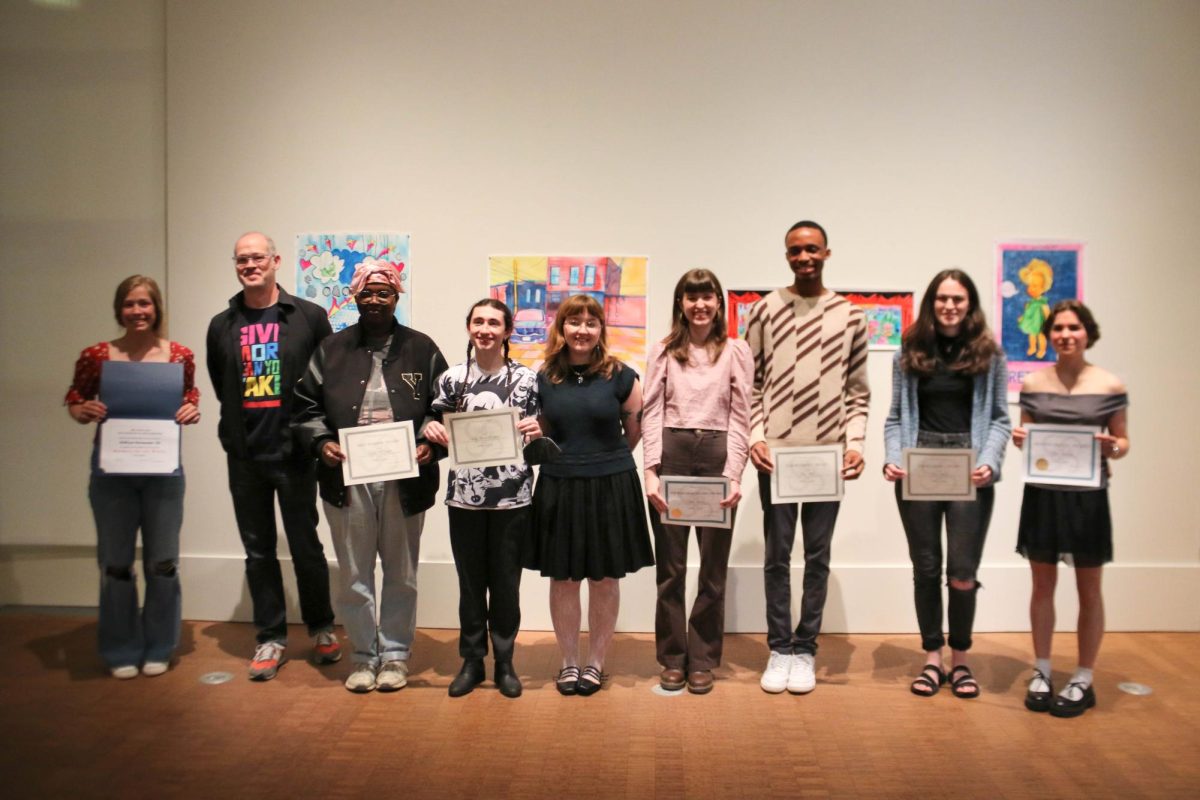
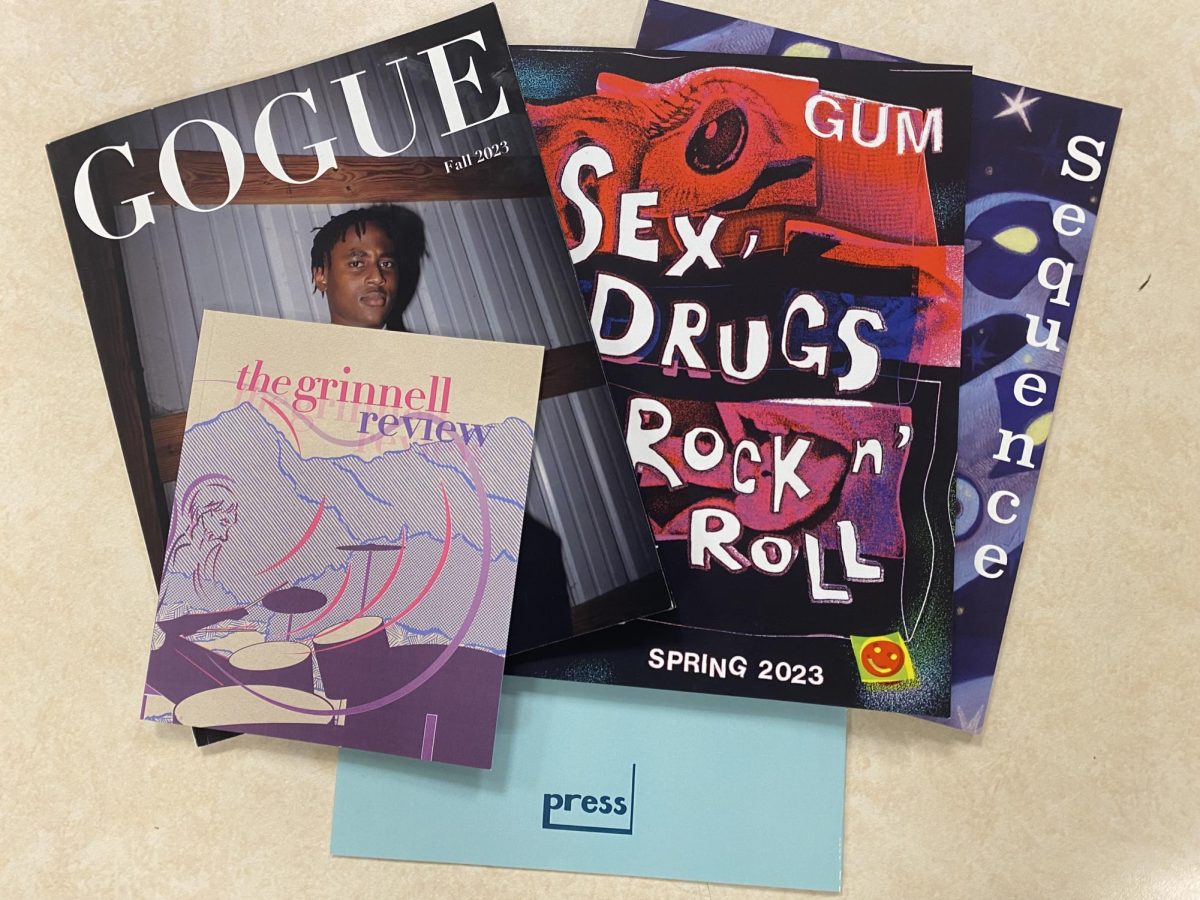






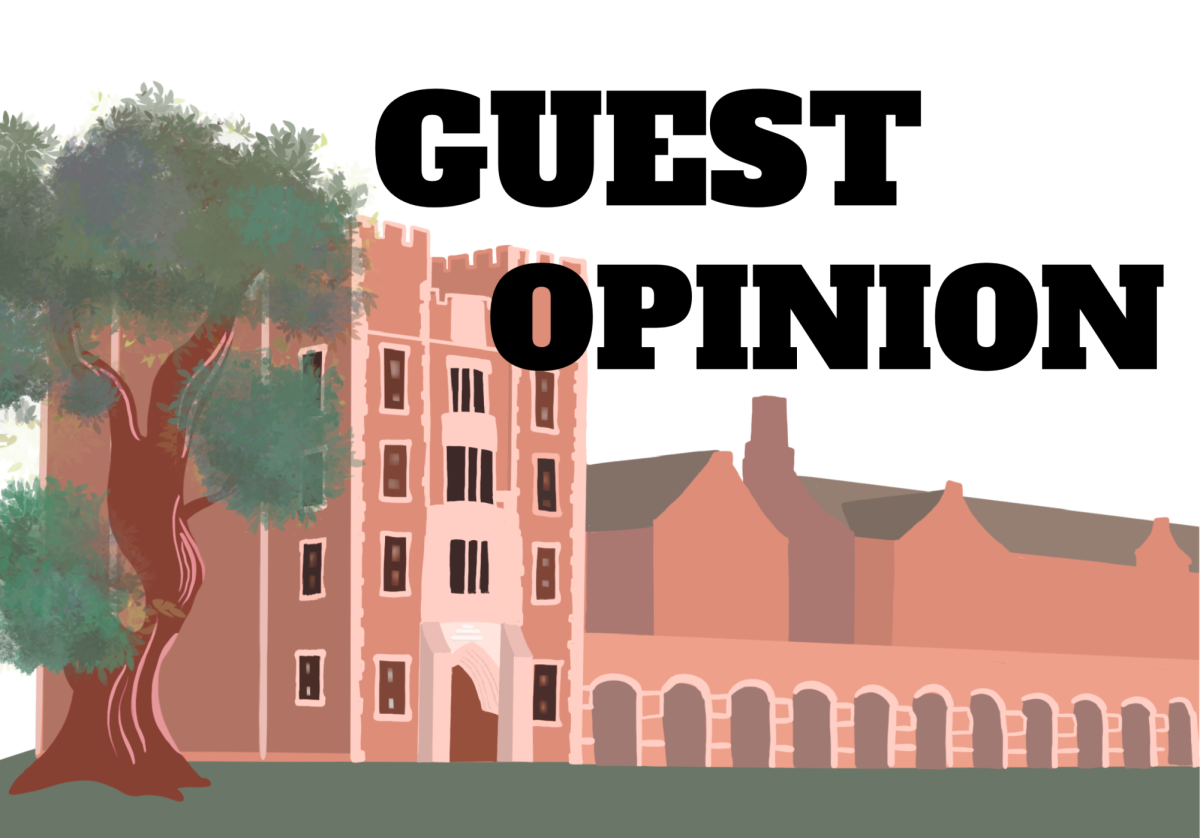
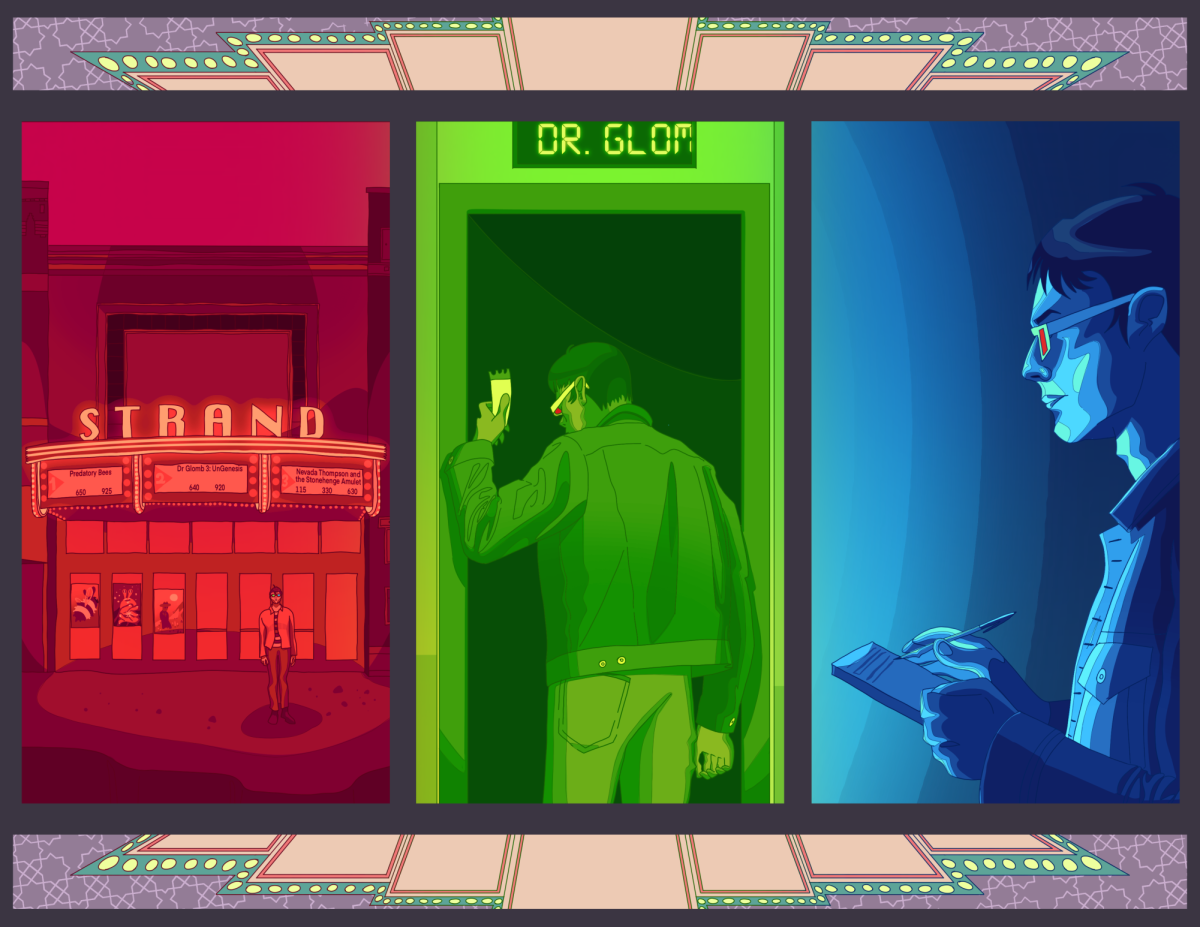
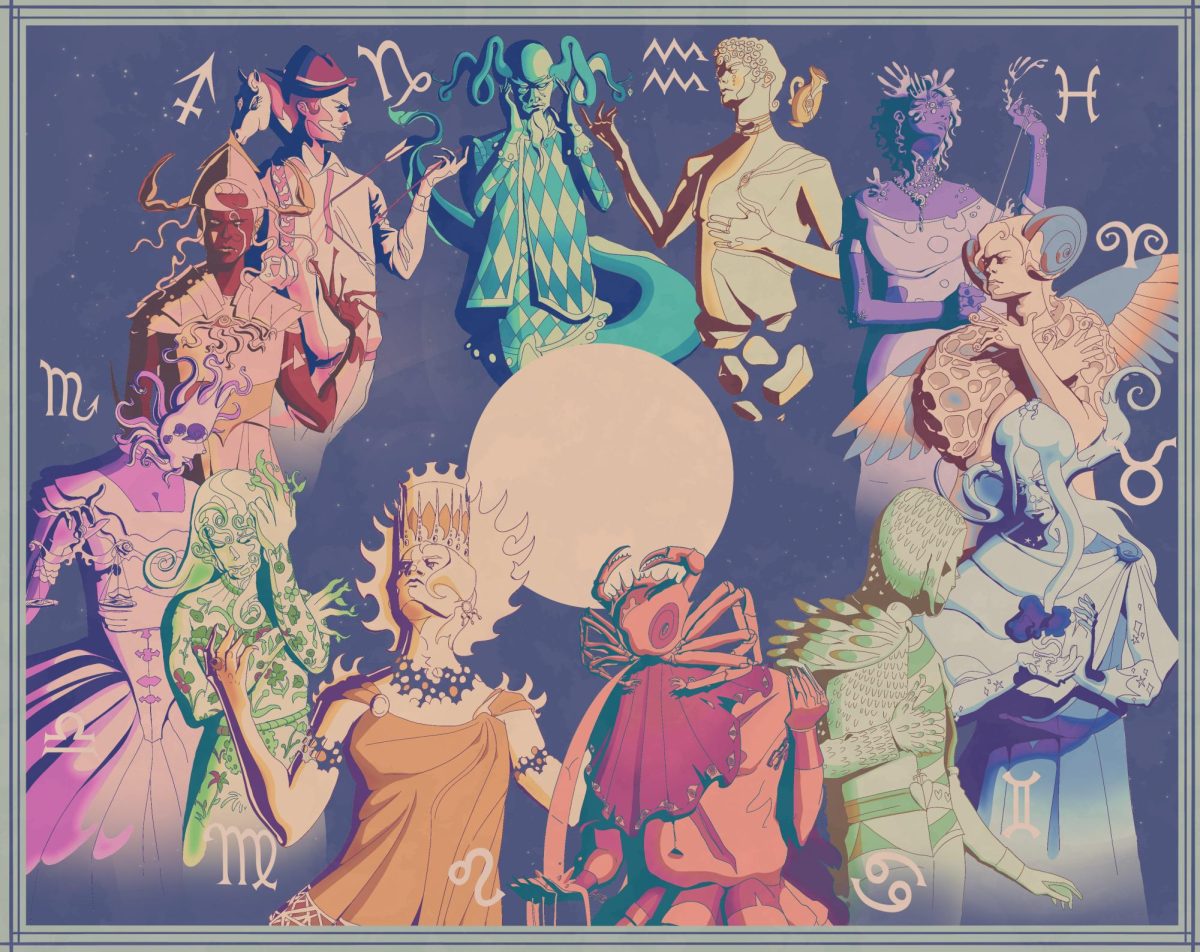
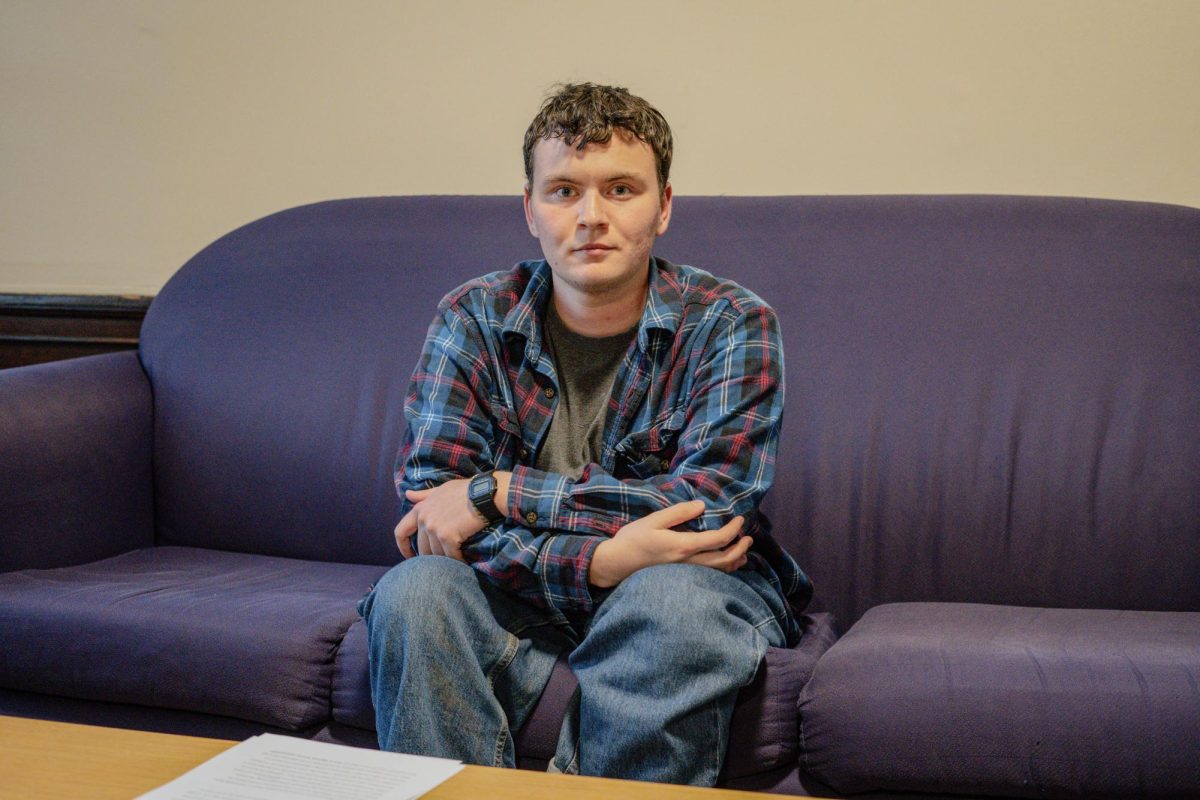
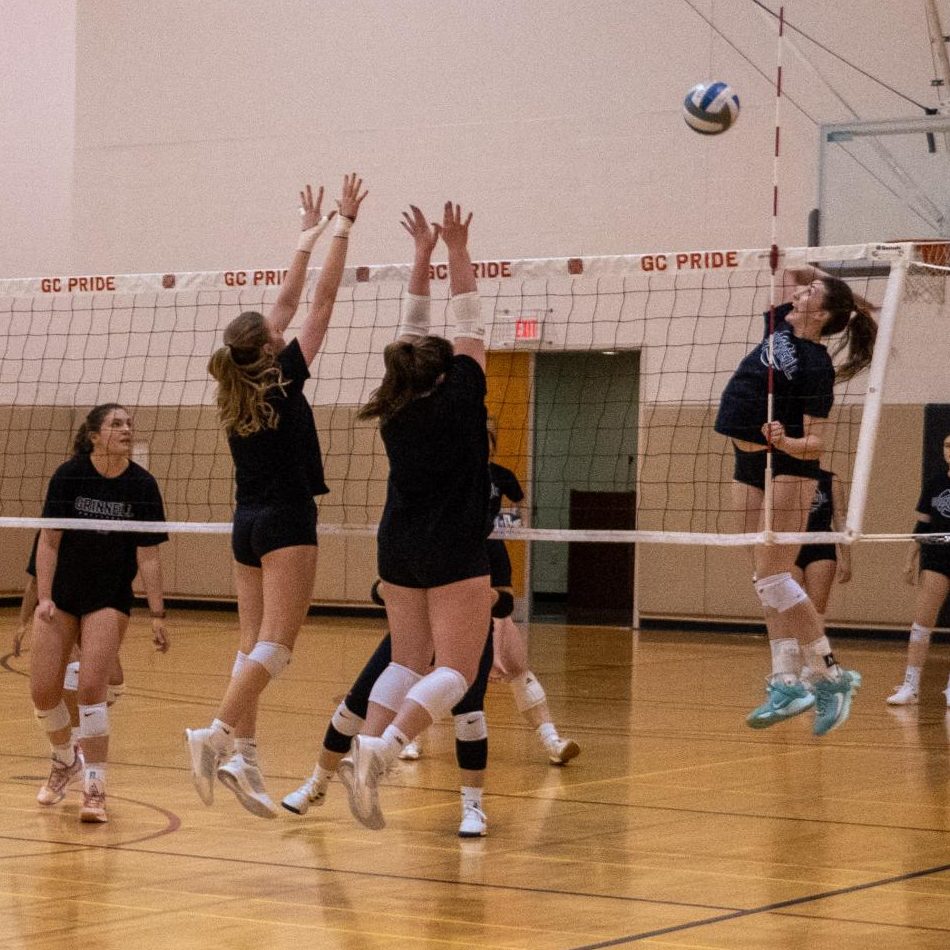
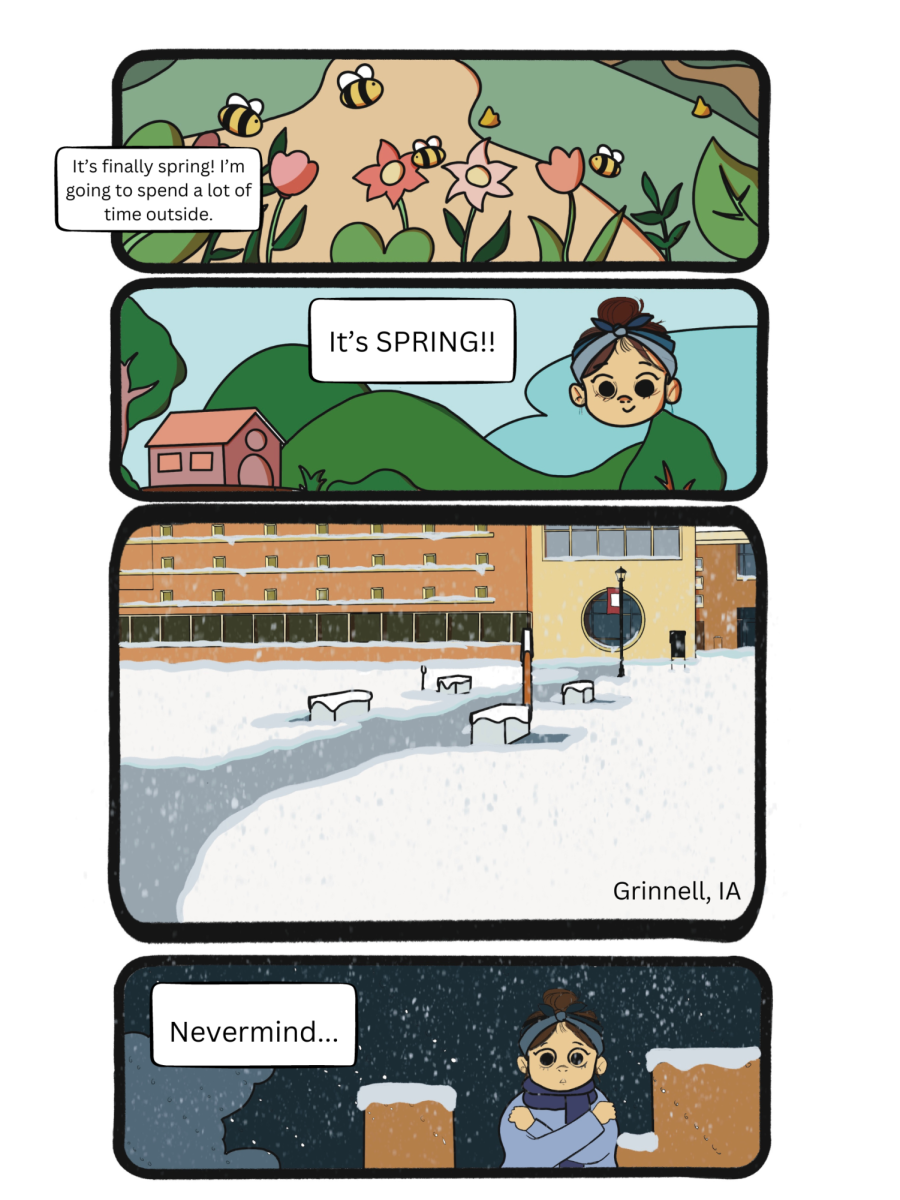
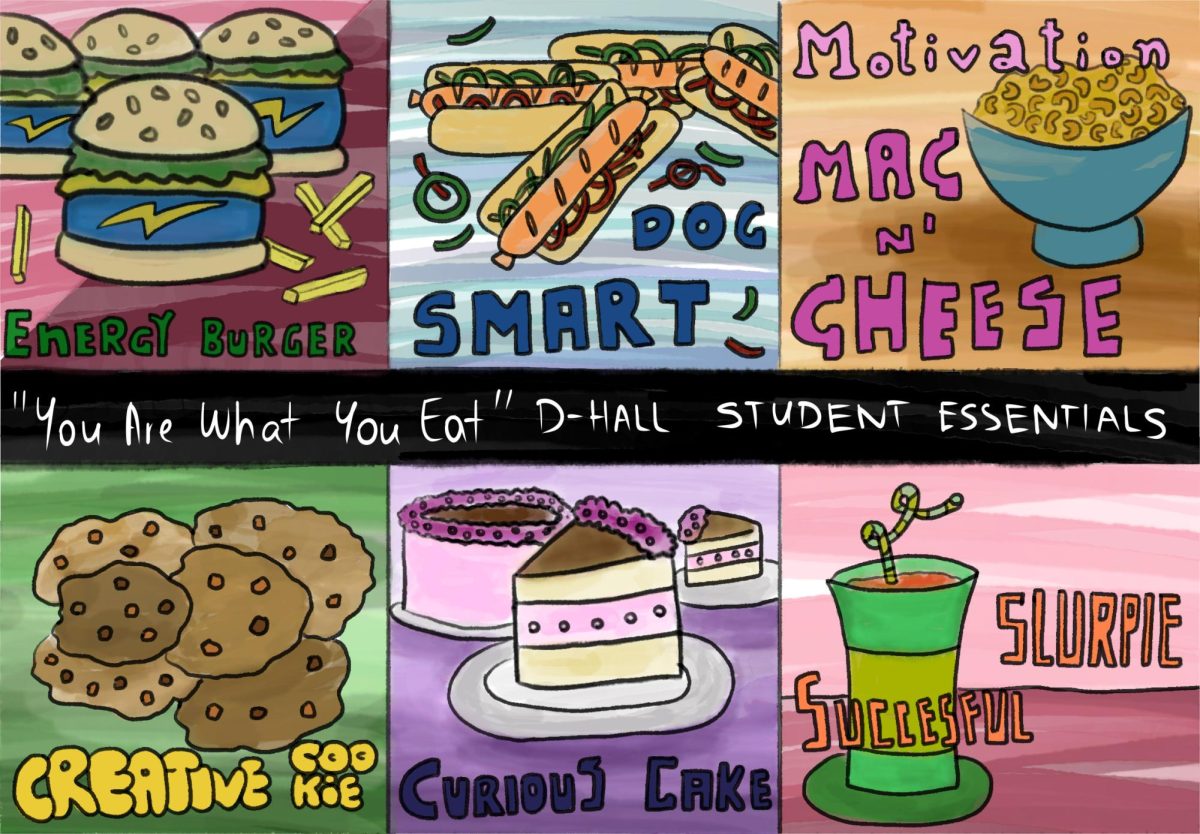
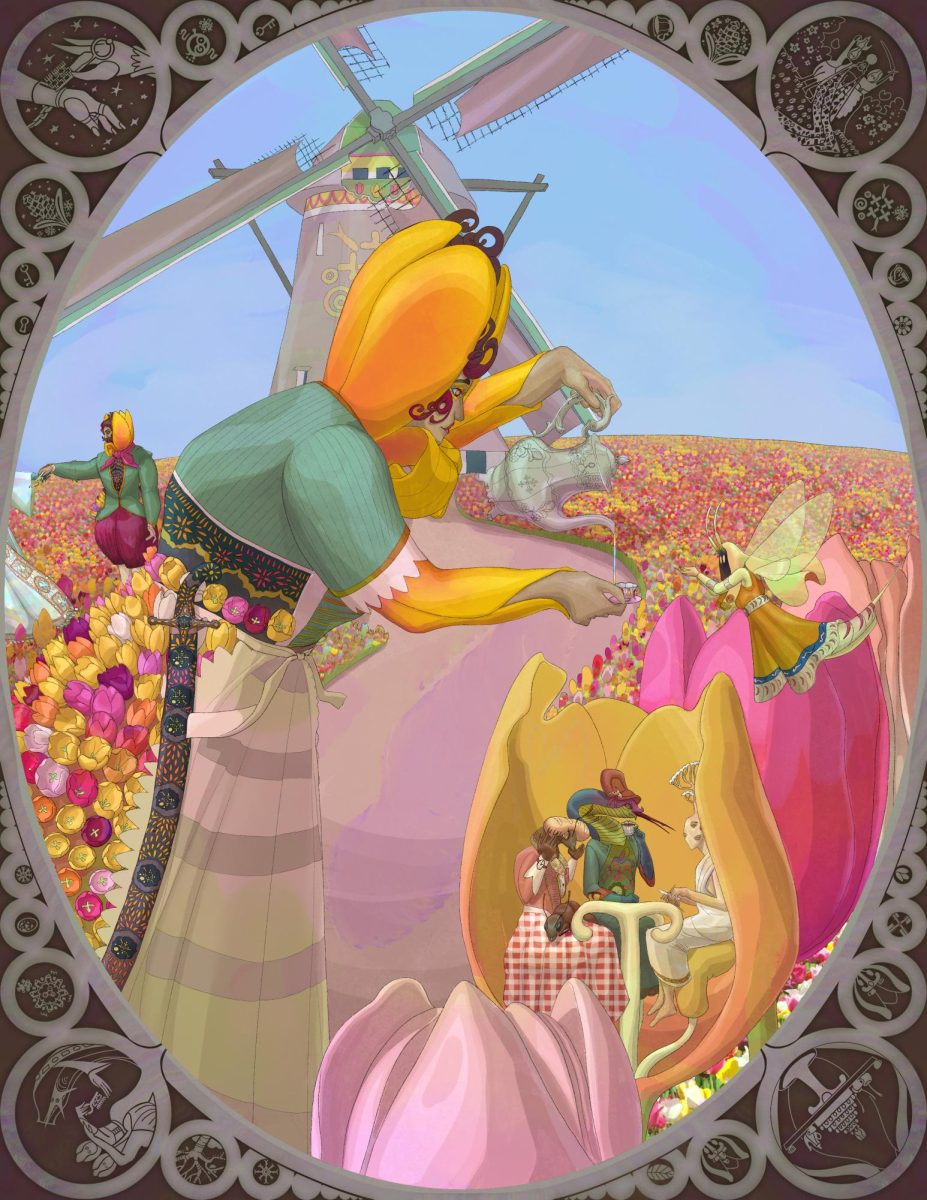
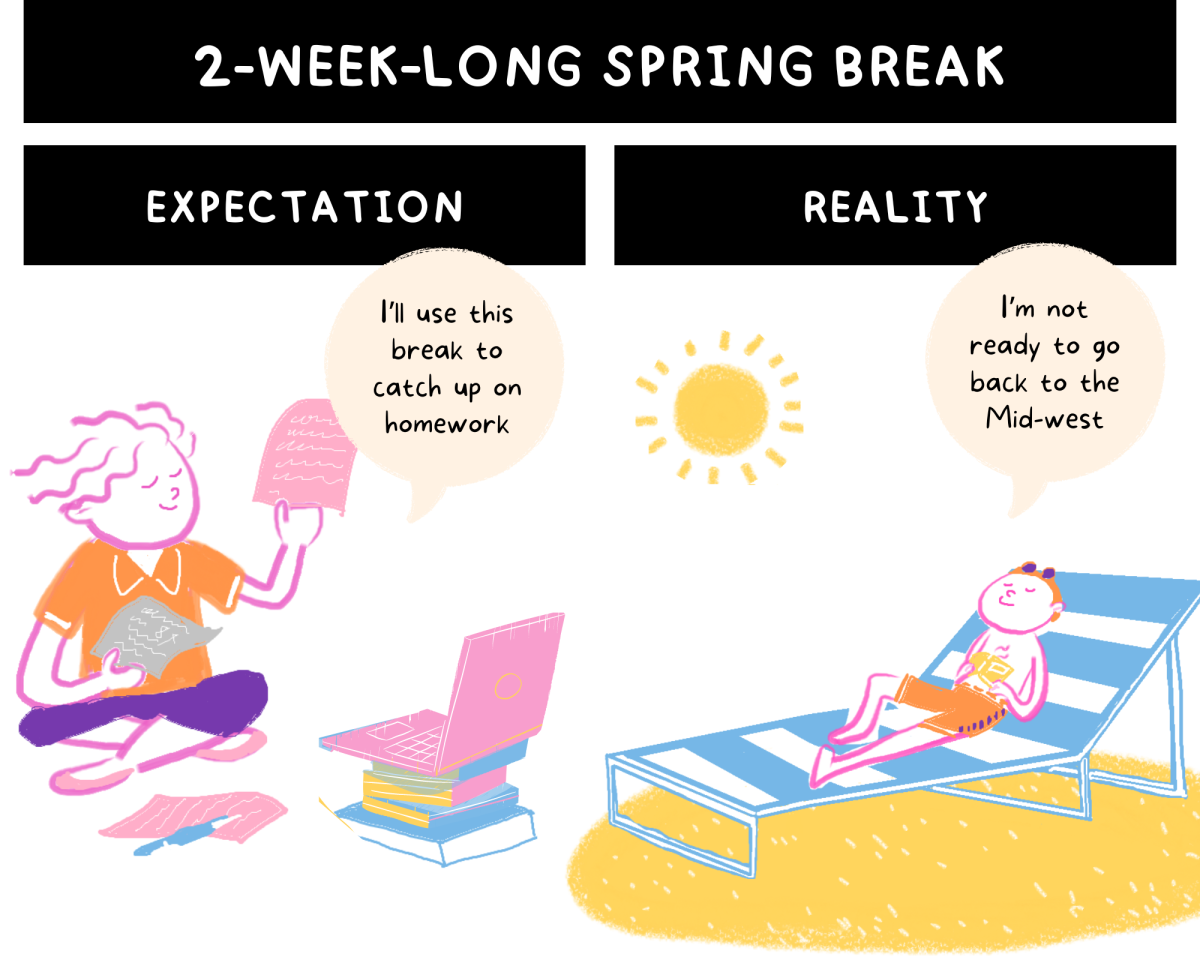
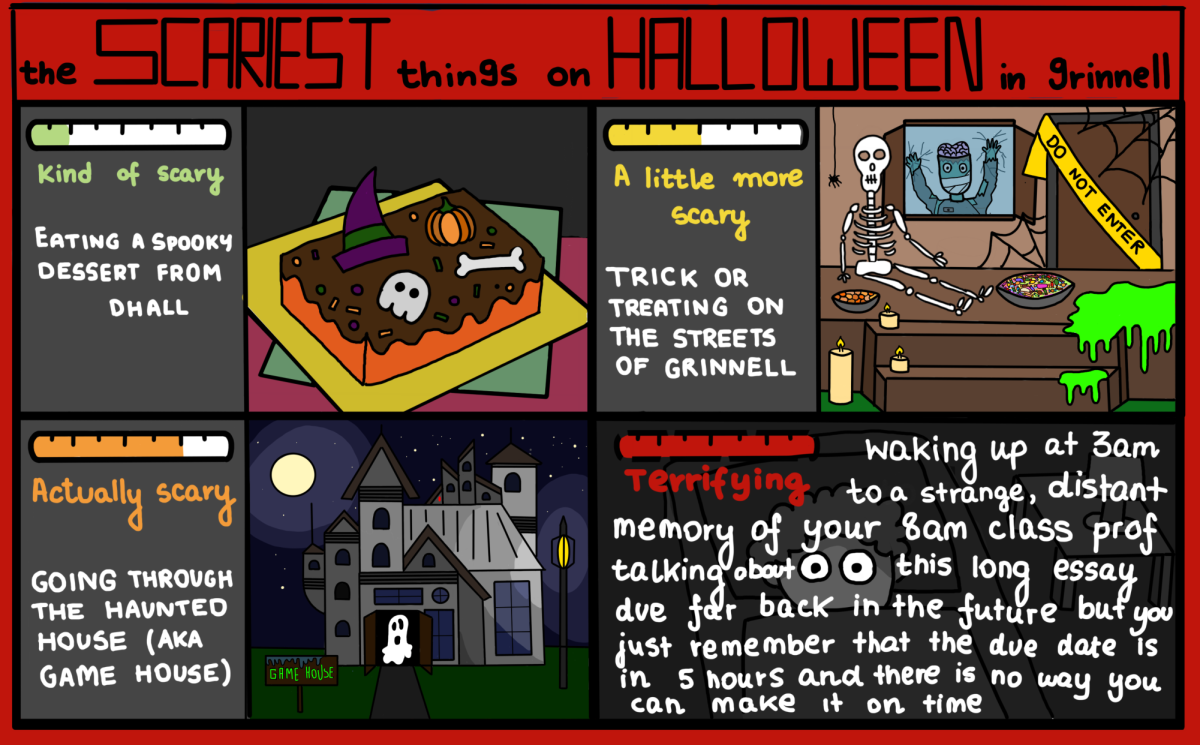
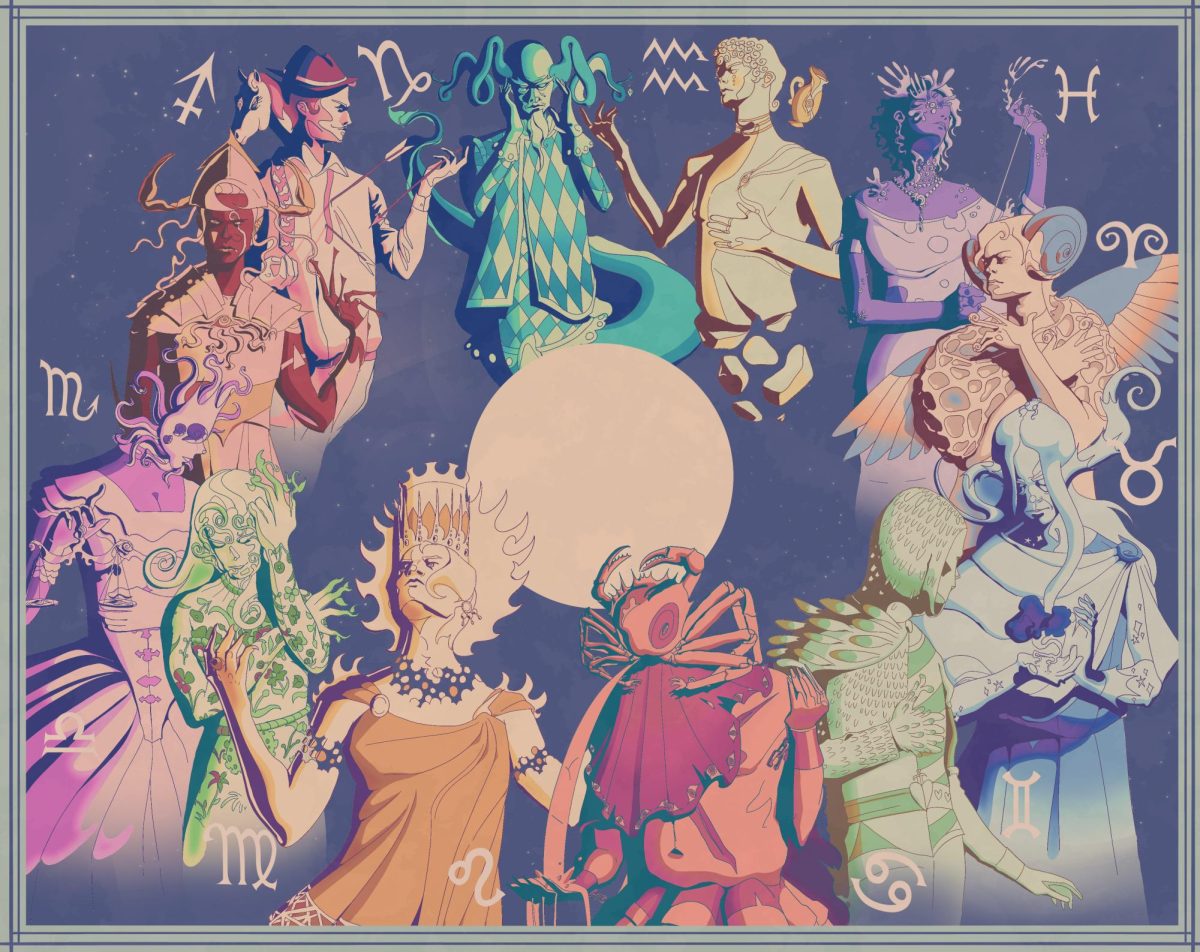
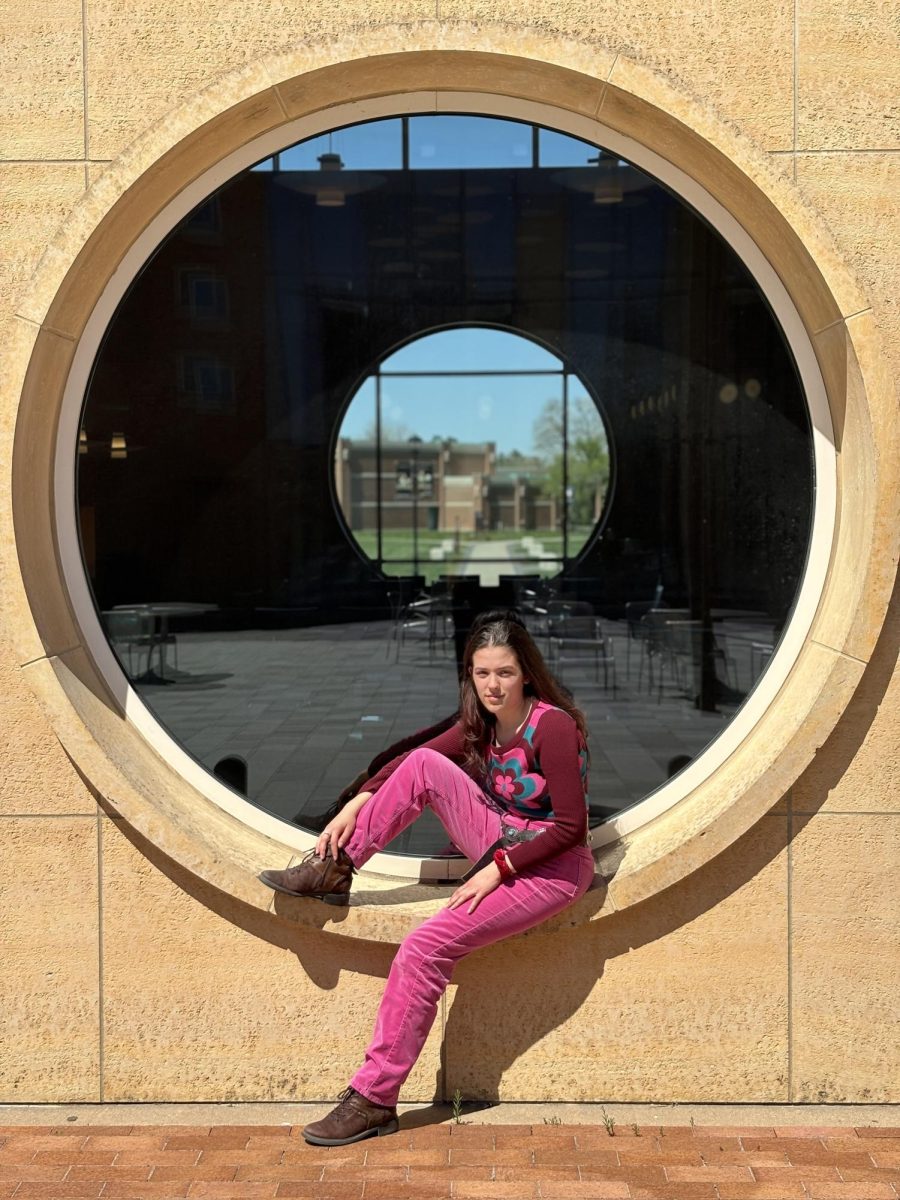
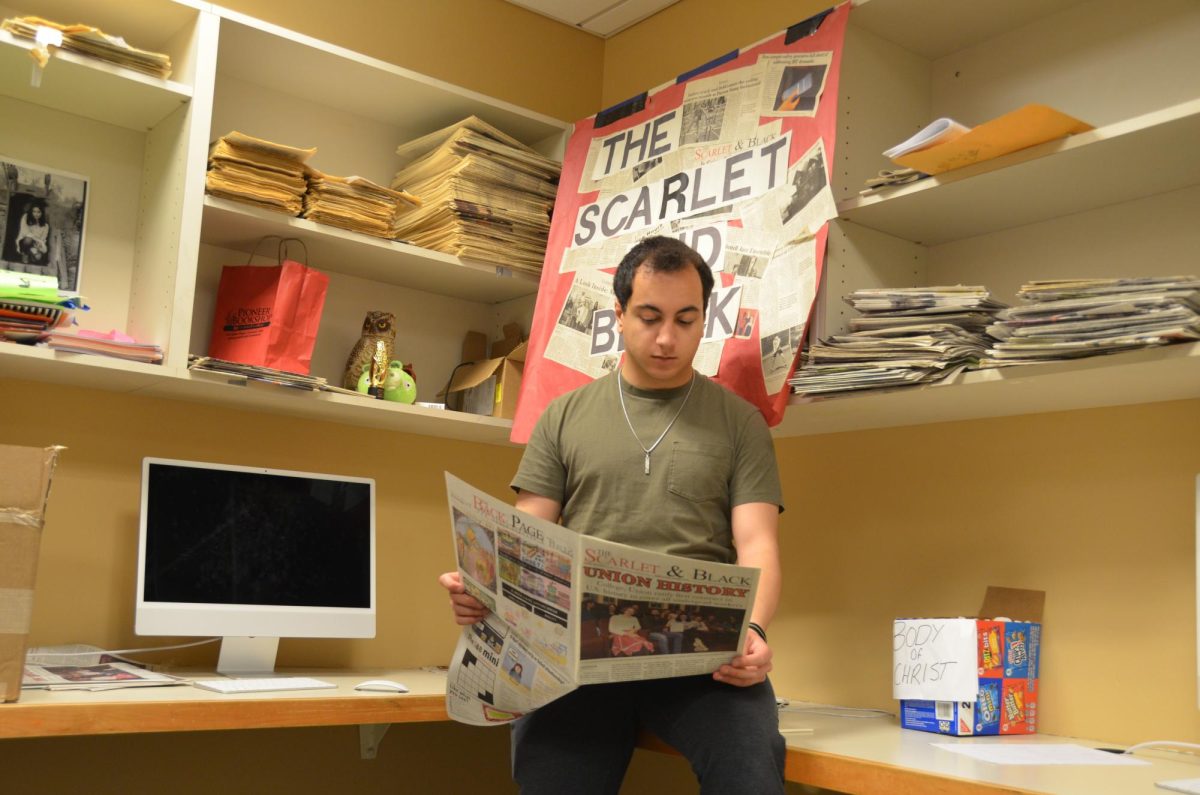

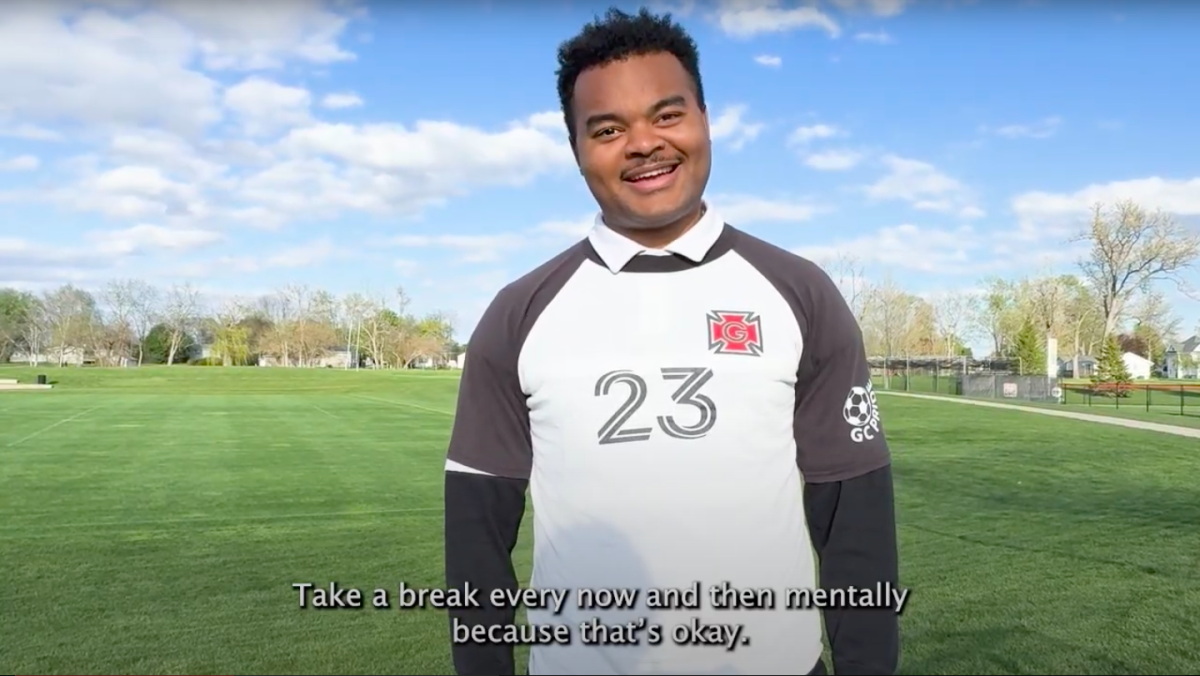
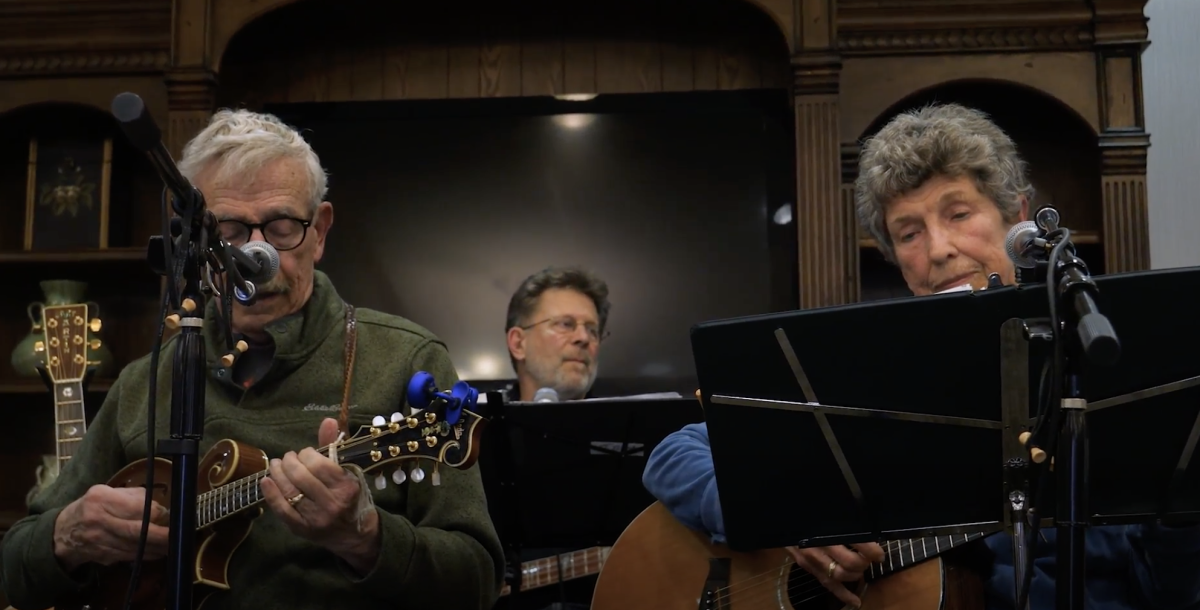

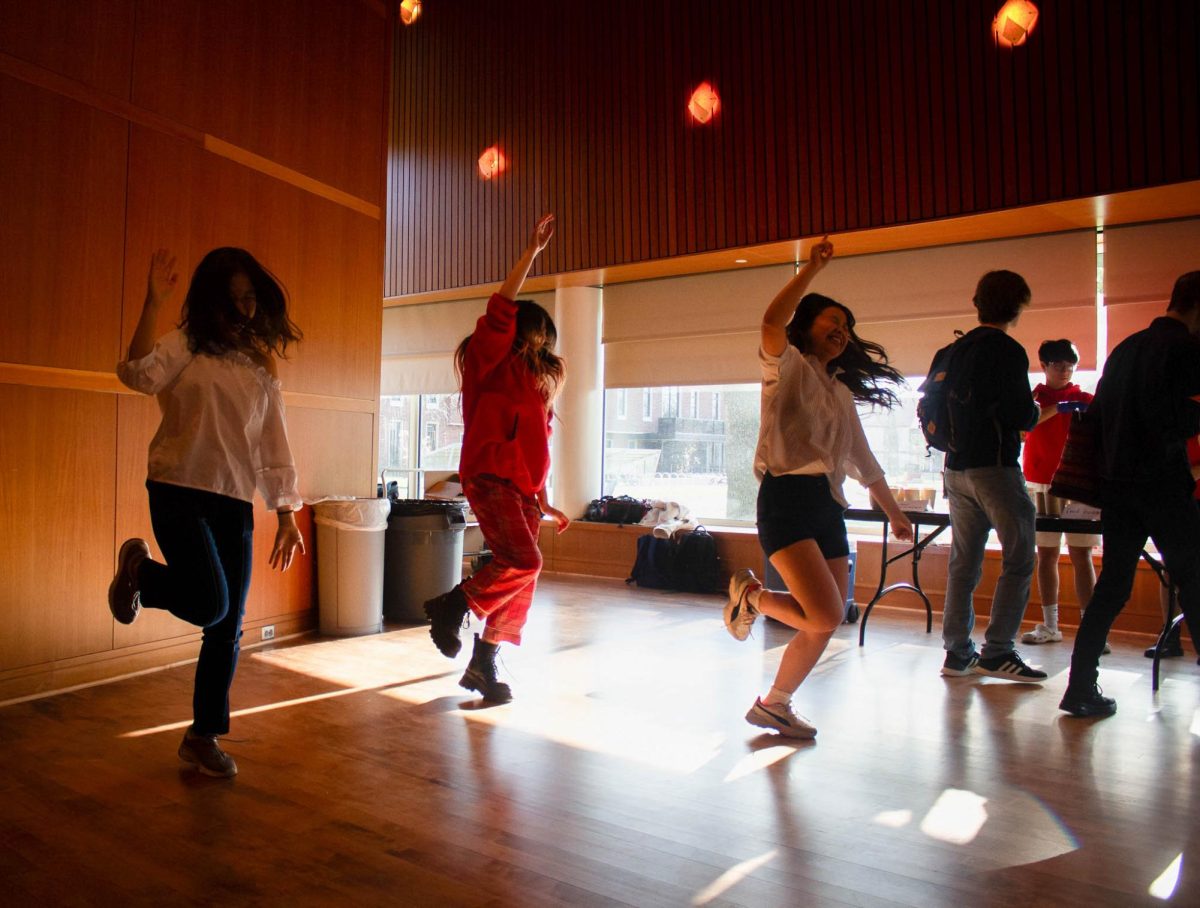
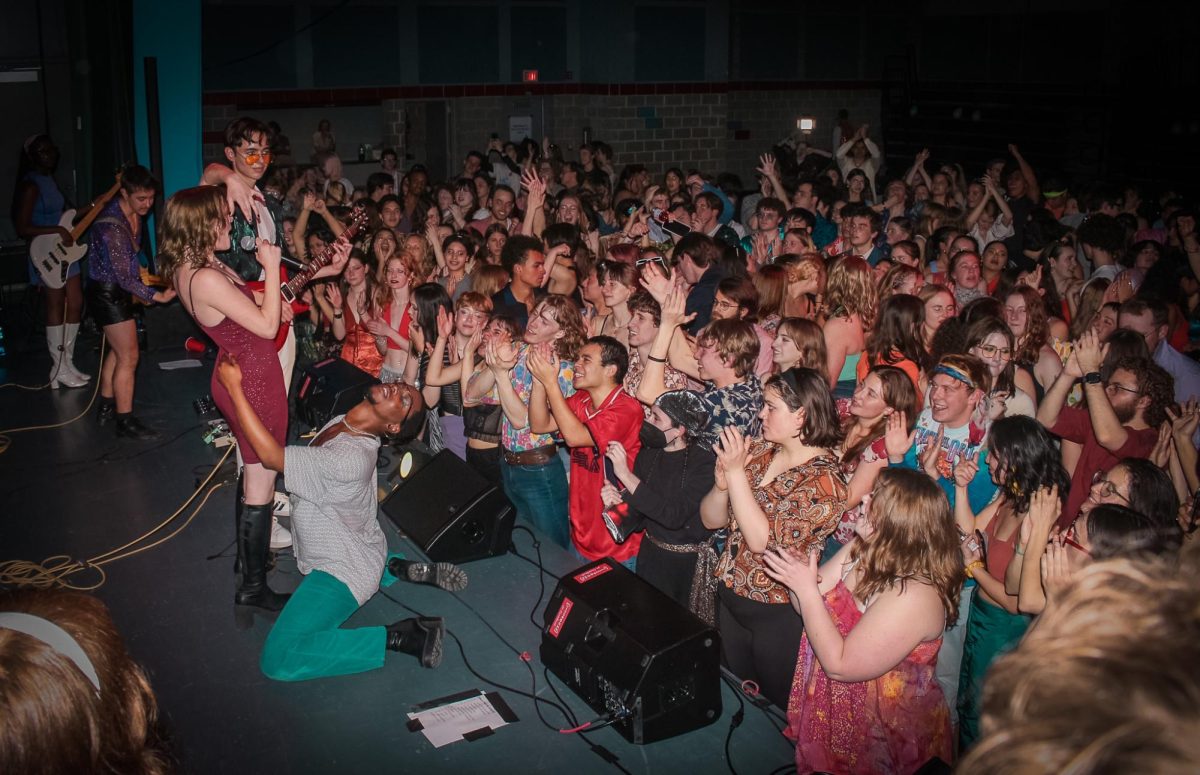
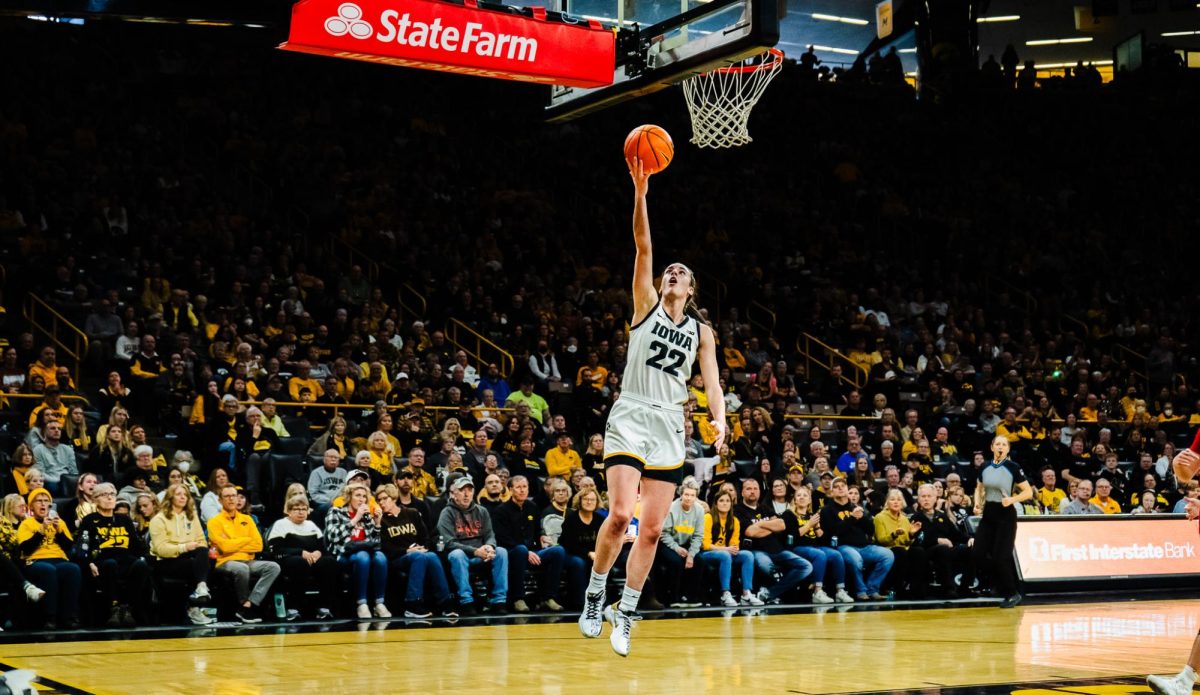

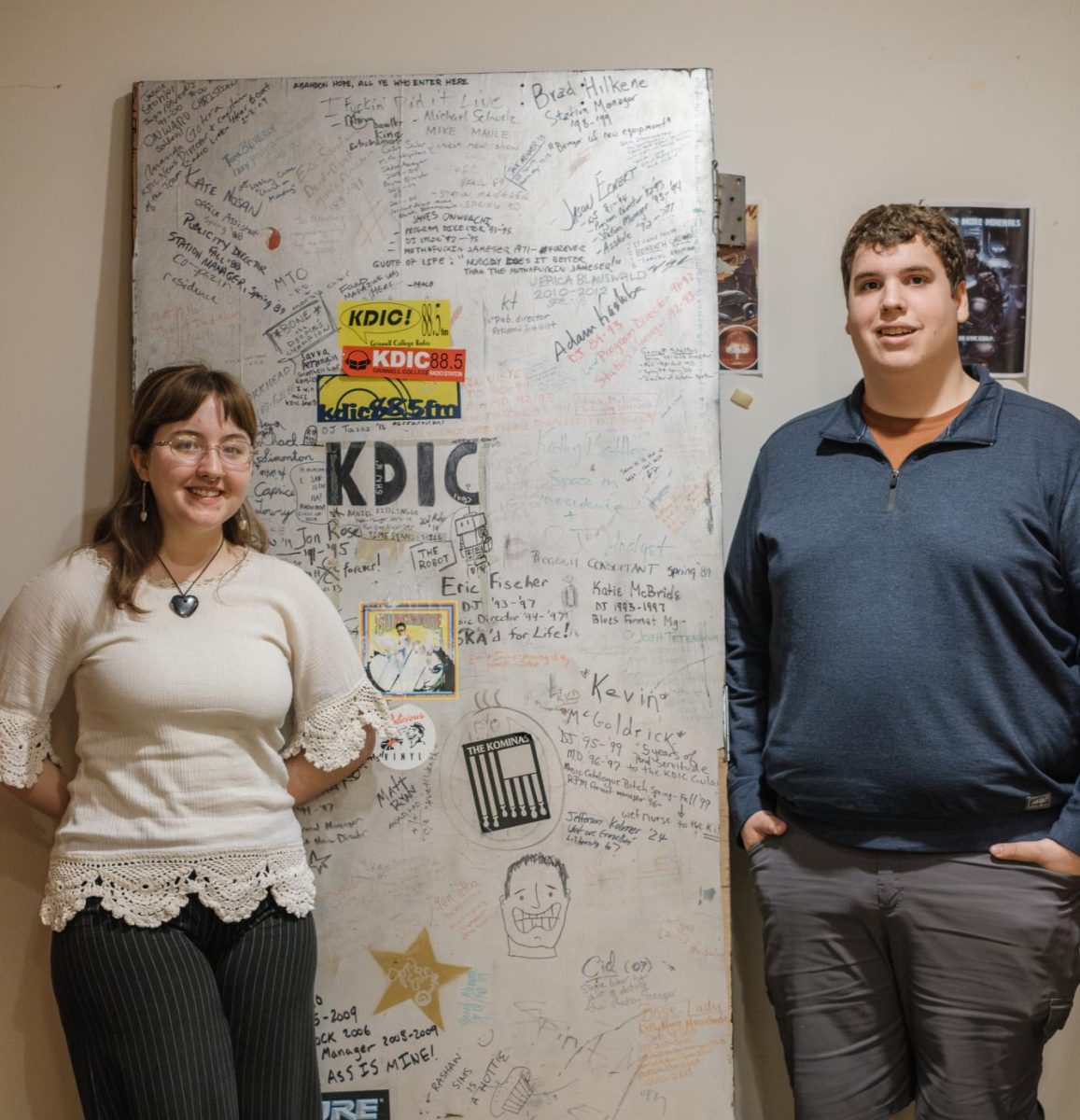
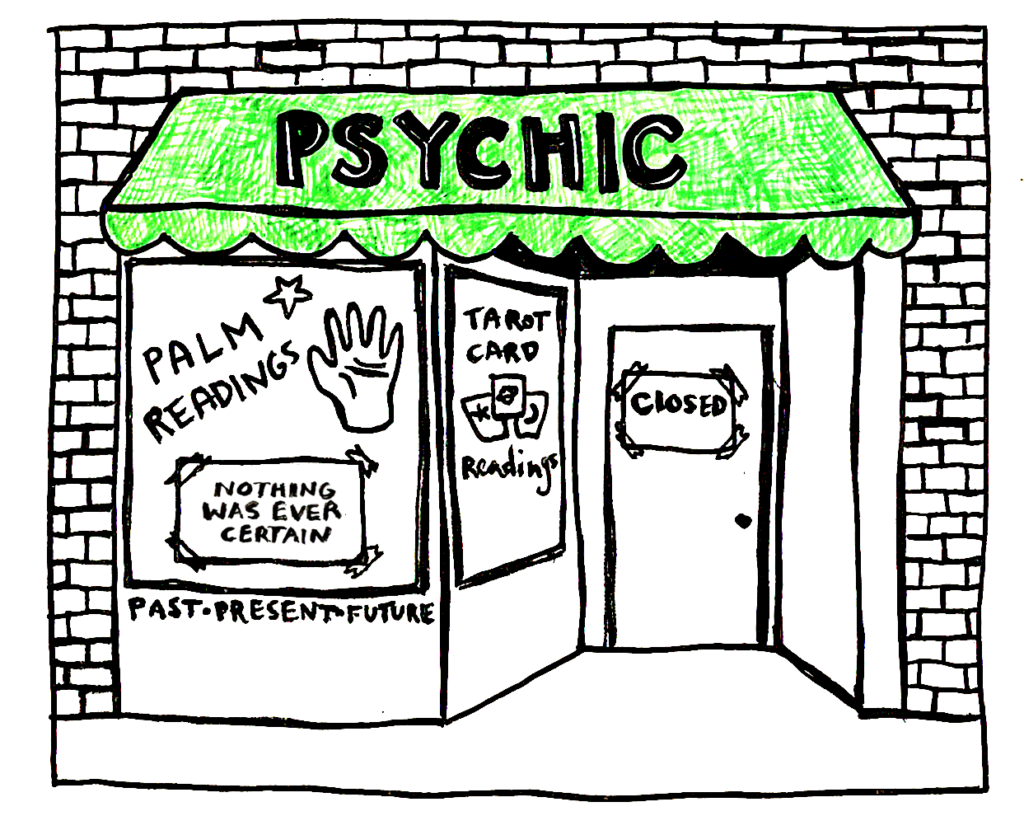
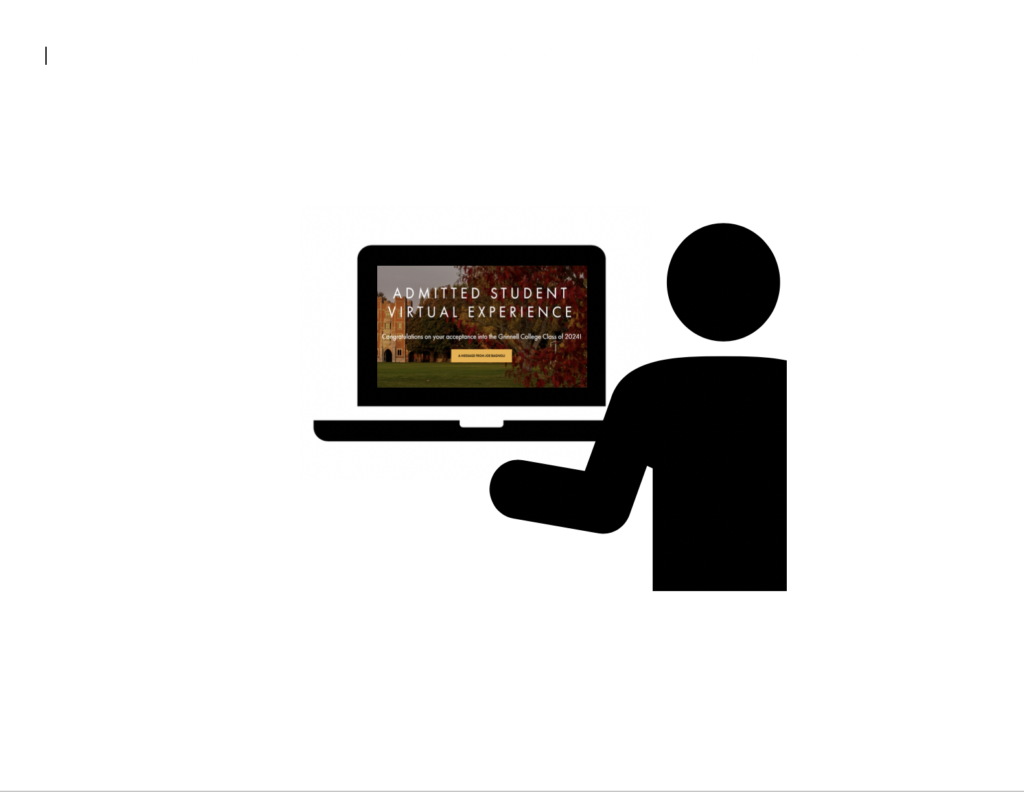
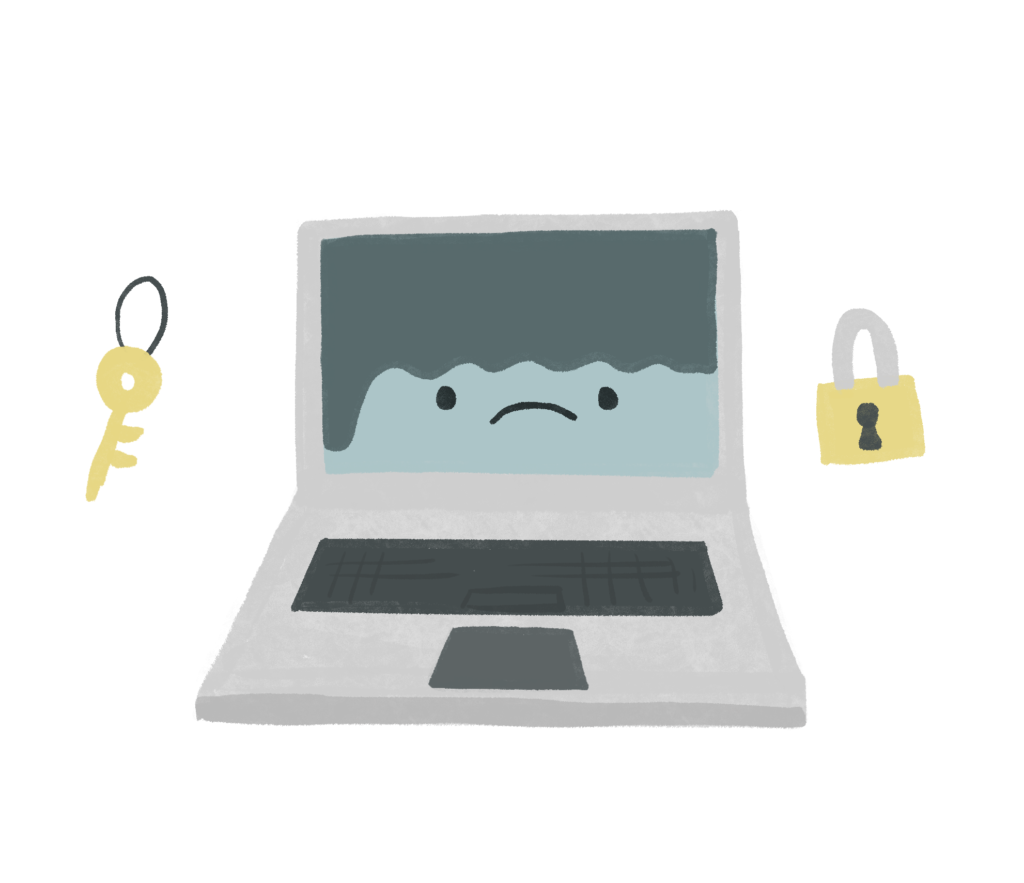
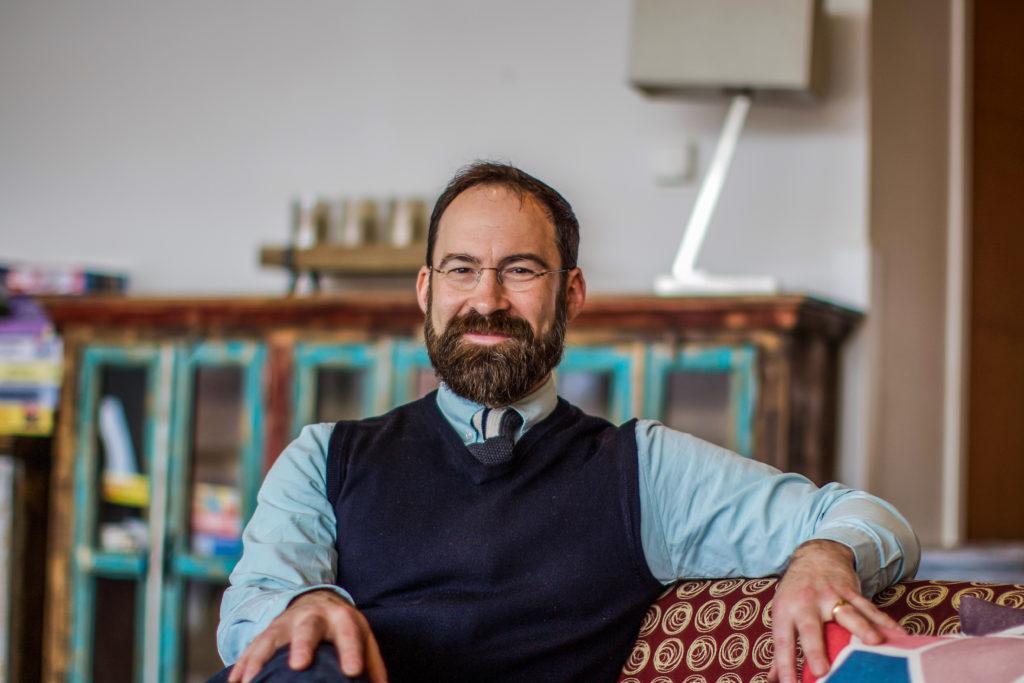

Rue • Apr 21, 2011 at 5:26 pm
I don’t want to be too preachy, but in the words of Dorothy Zbornak: CONDOMS, ROSE! CONDOMS! CONDOMS! CONDOMS! http://www.resolvefromcdf.org/
Scott Olson • Apr 16, 2011 at 1:56 pm
In response to your comment Chris, I think you’re ignoring a lot of the pure misfortune that goes along with being exposed to HIV.
You must have been lucky enough to have been given a sex education that included information about contraceptives and where to get them, or had enough confidence to seek that information out yourself. Clearly you had safe sex messages to listen to.
For a lot of kids, especially those living in a homophobic environment, sex education is limited to male/female relationships and might not even discuss contraception at all. I know my sex education didn’t. I think you should consider yourself very fortunate to have been exposed to that information, or having had an avenue to learn about safe sex at all. A lot of people don’t.
Additionally, your comment ignores the prevalence of sexual abuse among minors (who might not have the ability to deny their assailant unprotected sex) especially within the gay community.
Even in an ideal circumstance, in which a condom is used and the sex is consensual, condoms are only about 80% effective when used properly. A lot of people don’t know how to use them properly, and learning how isn’t necessarily ready information. People can become infected even when they use a condom.
You should feel very fortunate that you were able to learn about condom use, and that you were able to deny your partners sex unless they used a condom. A lot of people aren’t afforded that opportunity. Certainly there are plenty of men and women who are educated about the disease and its prevention, and choose to ignore that information, and are responsible for the transmission of the disease. To say that “everyone knows what a condom looks like” and to imply that HIV transmission is a result of pure denial and irresponsibility is ignorant of many varying individual circumstances, and only feeds into the stigma and hatred surrounding this terrible disease.
The stigma IS that if you contract HIV it is your fault, and your punishment. It is also incredibly ignorant, and creates a blanket generalization that in many cases is untrue. It serves no purpose other than to breed more ignorance and hatred.
I hope you feel fortunate that you’ve been able to avoid this disease, and perhaps instead of blaming people with the disease for being irresponsible, consider that they may not have been granted the same lucky circumstance that you enjoy.
Chris Akes • Apr 15, 2011 at 9:37 am
Having a fatal venereal disease that is usually controllable with a regime of expensive medications is no piece of cake. I can understand why HIV positive or negative people might feel trepidation, if not outright ‘stigma’ about something like this. It’s hard enough for someone to deal with a diagnosis of cancer or some serious genetic disease, much less an avoidable and deadly STD.
So this is the big issue with HIV/AIDS, huh? This so-called ‘stigma’. Do we use this supposed stigma to explain why people get it? Why it is ‘devastating’ some sectors of society, as if it were as difficult to avoid as smallpox or bubonic plague?
I think the message of this play should have been more about denial. Even irresponsibility. As a gay man who was starting to become sexually active around the time HIV/AIDS came out, I listened to the safe sex messages, I demanded condom use from sex partners, I kept track of this disease. As an insecure person with low self-esteem, even self-hatred, who grew up hearing and ingesting homophobic comments from friends, family, and society, I didn’t go around whinning about how if people would just love and accept me as a gay man, I would naturally avoid getting HIV/AIDS. No, instead I used condoms! You can have the most bigoted attitudes about this disease, and feel oh-so ‘stigmatised’ by it, if you diligently use condoms during sex, you will NOT be spreading it! Why is this simple message so difficult for people to get into their heads? Everyone knows what a condom looks like! Are we really going to saddle ‘stigma’ with why people scandalously continue to get HIV/AIDS in the USA today?